Key Benefits of End to End Supply Chains

An end-to-end supply chain is one such technique that enables full internet processes and high-quality virtual object identifiers. Direct shipment, customer feedback and inventory management are all made simpler by end-to-end (E2E) supply chains.
The increasing usage of technology has made it simpler for companies to apply cutting-edge techniques for designing and producing goods that consumers want in this dynamic global marketplace.
What Is An End-to-End Supply Chain?
An integrated process is involved in an end-to-end (E2E) supply chain. Starting with the creation of the product and obtaining raw materials, followed by planning, manufacturing and delivering the completed goods to the client. Depending on the type of business, it is further expanded to include reverse logistics and after-sales support.
End-to-End Vs Traditional Supply Chains
In a traditional supply chain, each function is the main emphasis and each stage of the procedure is managed independently. As a result, the performance is limited and inefficient overall.
E2E, on the other hand, integrates all supply chain operations and takes a holistic approach to supply chains. Because of its supply chain insight, it offers improved customer experience and process efficiency.
Top Benefits Of End-to-End Supply Chains
Businesses can provide better customer service with an integrated E2E supply chain design and visibility throughout the supply chain. The following are the key benefits:
1.Enhanced Visibility and Transparency
Supply chain management with increased visibility and transparency provides real-time tracking of resources and goods, keeping stakeholders updated at every stage. When organizations have access to precise data, they can make better decisions, reducing risks and streamlining processes.
Businesses may obtain deeper insights into their supply chains by utilizing visibility tools and technologies like RFID, GPS tracking and IoT sensors. This increases efficiency and builds confidence throughout the network.
2. Increased Efficiency And Productivity
A company's efficiency increases when there are fewer steps between its production process and its clients, as in the case of an end-to-end supply chain. There may be benefits from this enhanced efficiency in terms of production and shipping expenses.
At work, increased productivity can be achieved through an extensive supply chain. Employees may efficiently handle the related data and track products along the supply chain, for instance, by using the integrated supply chain software solution.
By deploying E2E solutions, some of the top retailers optimized their supply chains, cutting lead times by 20% and shipping costs by 15%. These case studies demonstrate how E2E supply chains can improve productivity and competitiveness.
3. Cost Reduction
The price of making or shipping goods can be decreased with the aid of a well-functioning supply chain. For instance, the end-to-end supply chain can save manufacturing expenses by lowering the number of problems that arise during production. Additionally, by coordinating deliveries from various supply chain links, an end-to-end supply chain process can lower shipping costs.
4. Improved Customer Satisfaction
E2E supports quick and reliable delivery, which guarantees that goods get to clients on time and every time. By meeting individual tastes and wants, and providing customization and flexibility in response to specific consumer demands, the experience is further improved. These improvements not only increase customer loyalty but also strengthen brand recognition, increasing the likelihood that customers will return to your business in the future.
5. Risk Management And Resilience
Businesses may ensure business continuity by constructing resilient plans that enable them to tolerate natural disasters or disruptions and swiftly recover. Common techniques that improve supply chain resilience include diversifying suppliers, keeping safety stock, and putting in place real-time monitoring systems. In addition to protecting companies against unexpected circumstances, these precautions improve their capacity for adaptation and growth in a changing environment.
6. Sustainability And Environmental Benefits
Reducing carbon footprints through effective logistics and adopting sustainable sourcing and production techniques promotes sustainability and environmental advantages. Businesses can reduce emissions greatly by combining shipments, using eco-friendly packaging, and optimizing transportation routes.
Reducing environmental effect also involves using greener production techniques and sourcing products from sustainable vendors. These initiatives fulfill the increasing need for sustainability from consumers while also promoting brand reputation and environmental care.
7. Improved Cooperation and Exchange of Ideas
Improved communication between manufacturers, retailers, and suppliers is essential to a smooth supply chain. Businesses can enhance communication and better coordinate their operations by utilizing collaborative platforms and technology including cloud-based systems and real-time data sharing. Improved cooperation results in more precise demand forecasting, quicker reaction times, and fewer mistakes, which eventually improve supply chain efficiency and customer happiness.
8. Flexibility and Scalability
For a supply chain to adjust to shifts in the market and variations in demand, it must be both scalable and flexible. Businesses that can swiftly expand their operations and modify their supply chain plans will be in a better position to take advantage of new opportunities and have a competitive advantage.
Just-in-time (JIT) inventory systems and modular manufacturing techniques are two examples of scalable supply chain approaches that enable companies to quickly scale up output or change course to satisfy shifting market demands without sacrificing effectiveness or quality.
Conclusion
A system that connects suppliers to customers at every stage of manufacturing to guarantee that goods are supplied on schedule, in good shape, and at the appropriate cost is known as an end-to-end supply chain. By cutting down on delays and giving customers a precise delivery timetable, it can increase customer happiness and spur innovation as manufacturers try out new manufacturing methods.
There isn't a single ideal supply chain model; rather, it's all about how well each step functions in tandem with the others. A firm can create a plan for creating an end-to-end supply chain by analyzing its business requirements and determining which elements of various supply chains would be beneficial.
Feel free to contact us for your queries.
Read to Know: Importance of air freight in global trade and supply chains
Latest Blogs
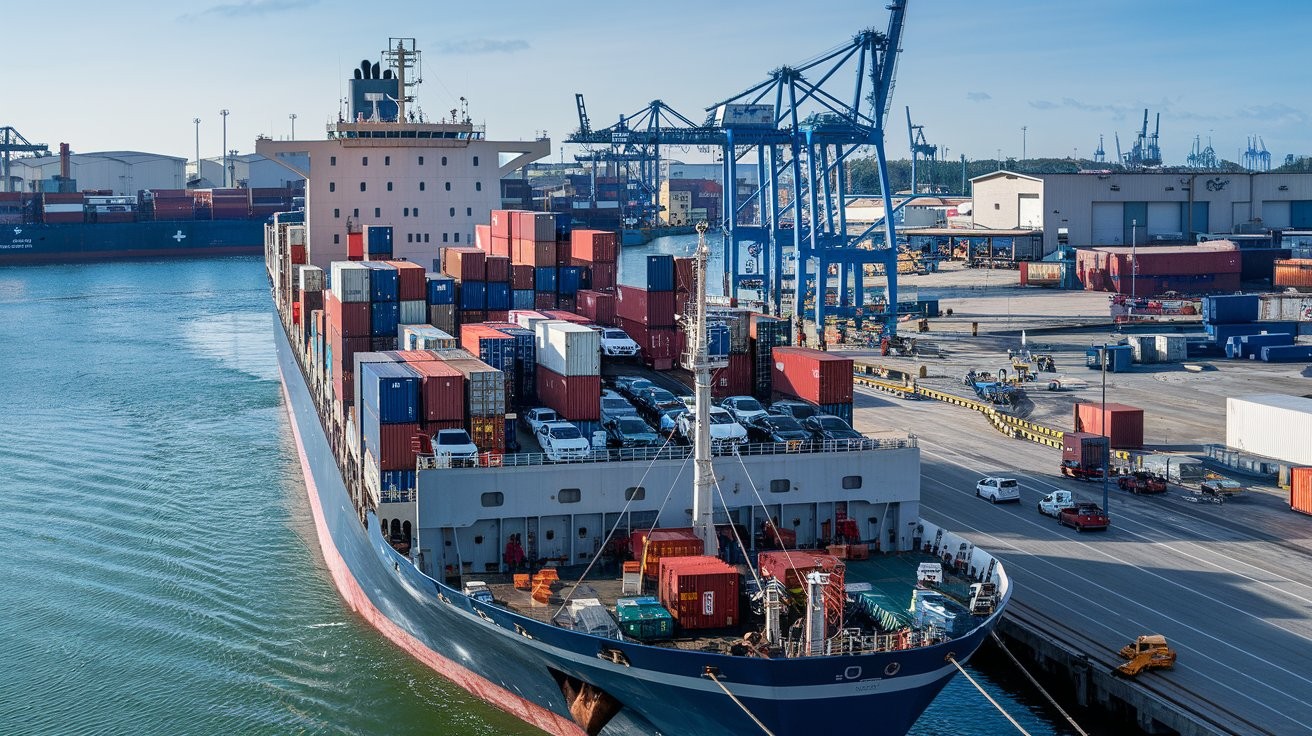

Cargo Blocking and Bracing: A Must-Know Guide
17 Sep, 2024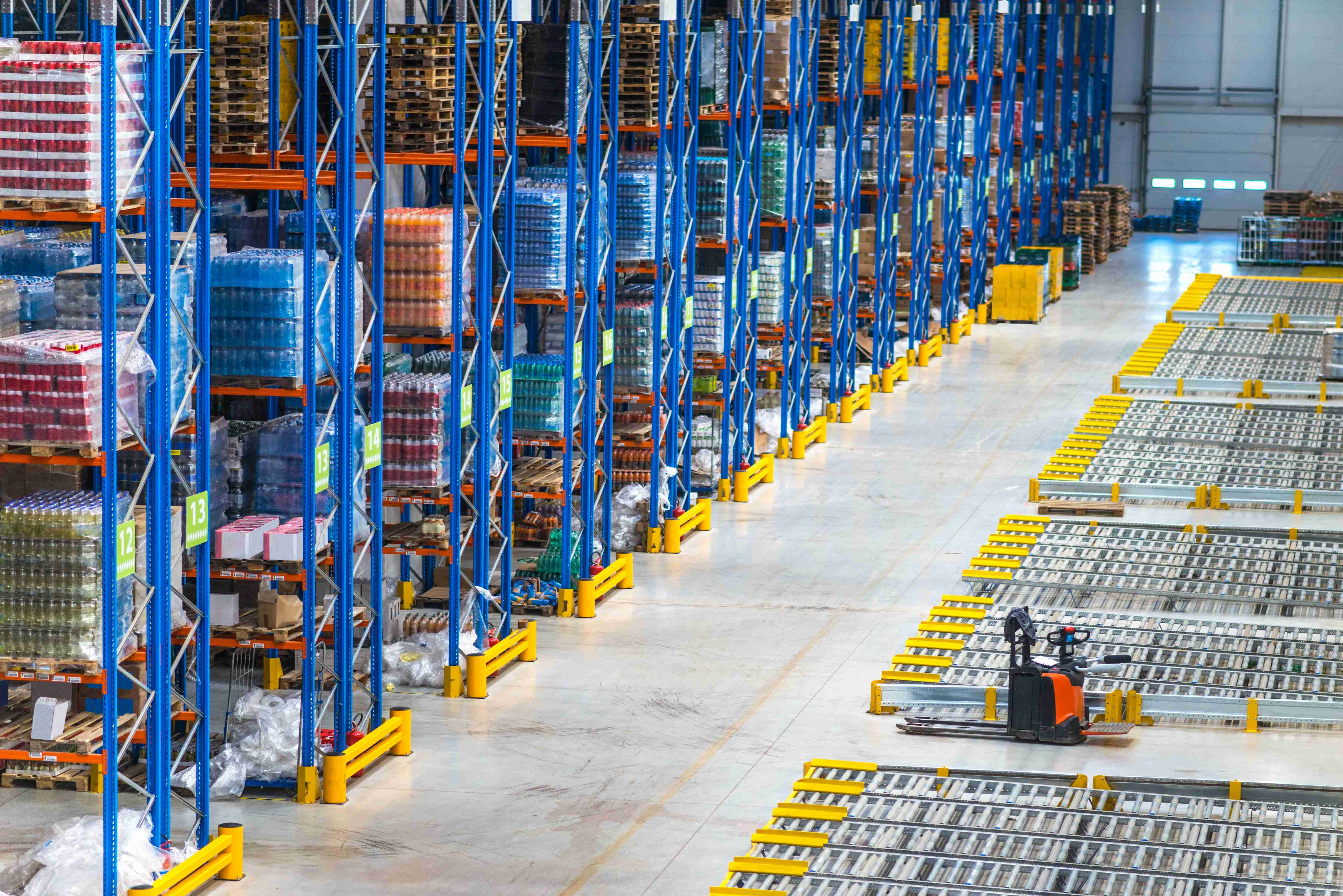
Third-Party Logistics (3PL): A Complete Guide
31 Jan, 2024
How do I book a container by sea freight
27 Nov, 2023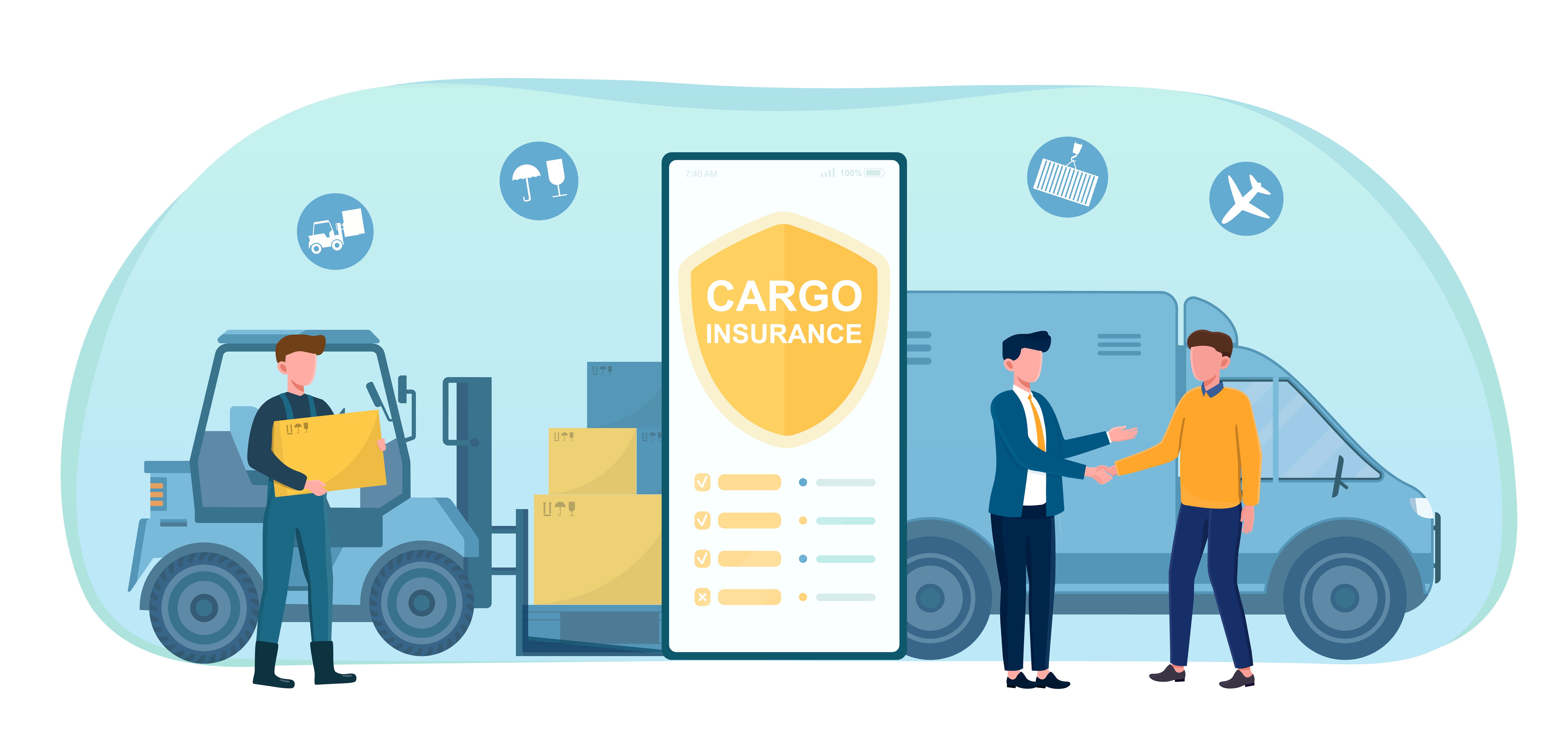
Top Reasons You Need A Cargo Insurance
30 Aug, 2023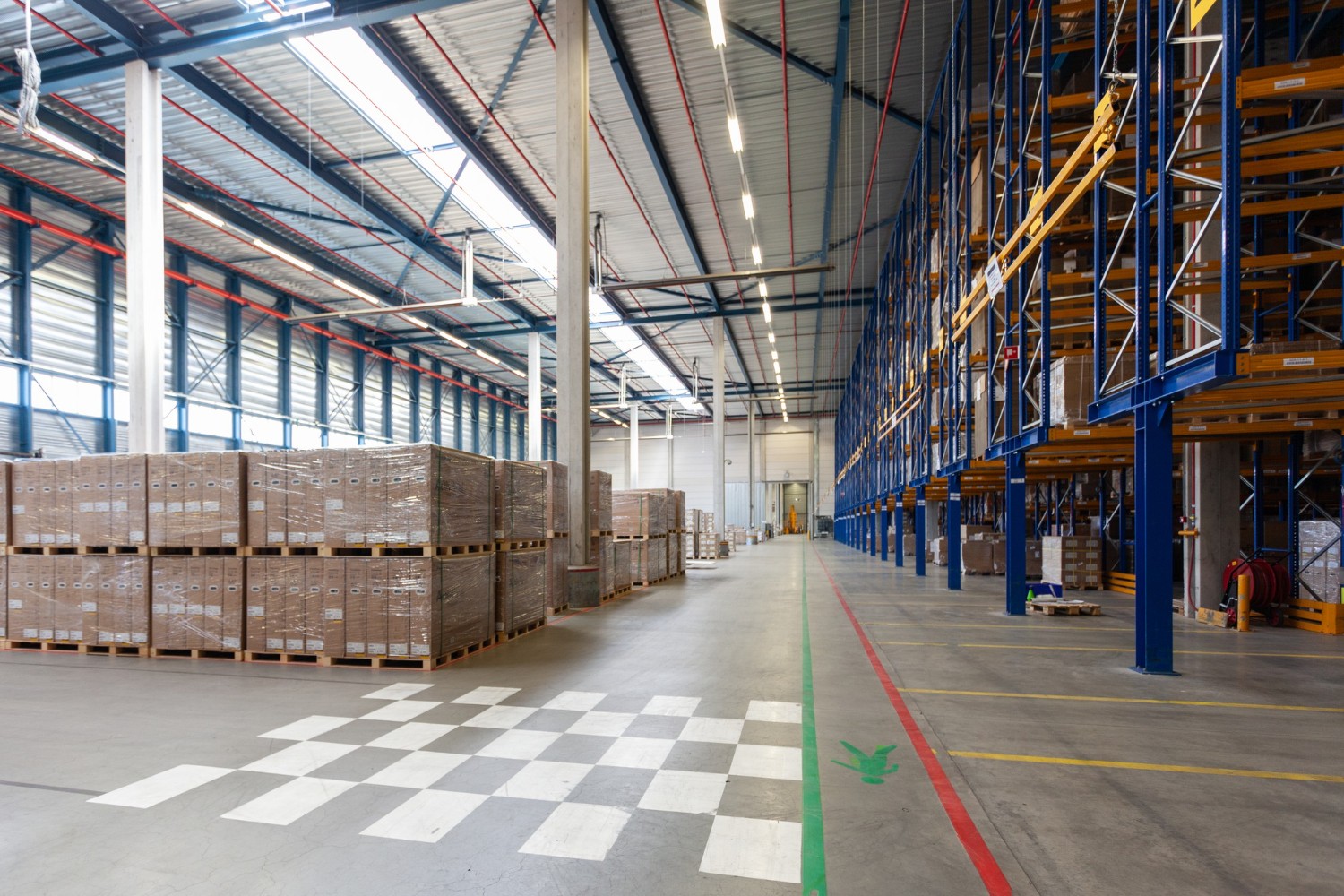
Benefits of Customs Bonded Warehousing
24 Jul, 2023
Benefits of Logistics Outsourcing
30 Jun, 2023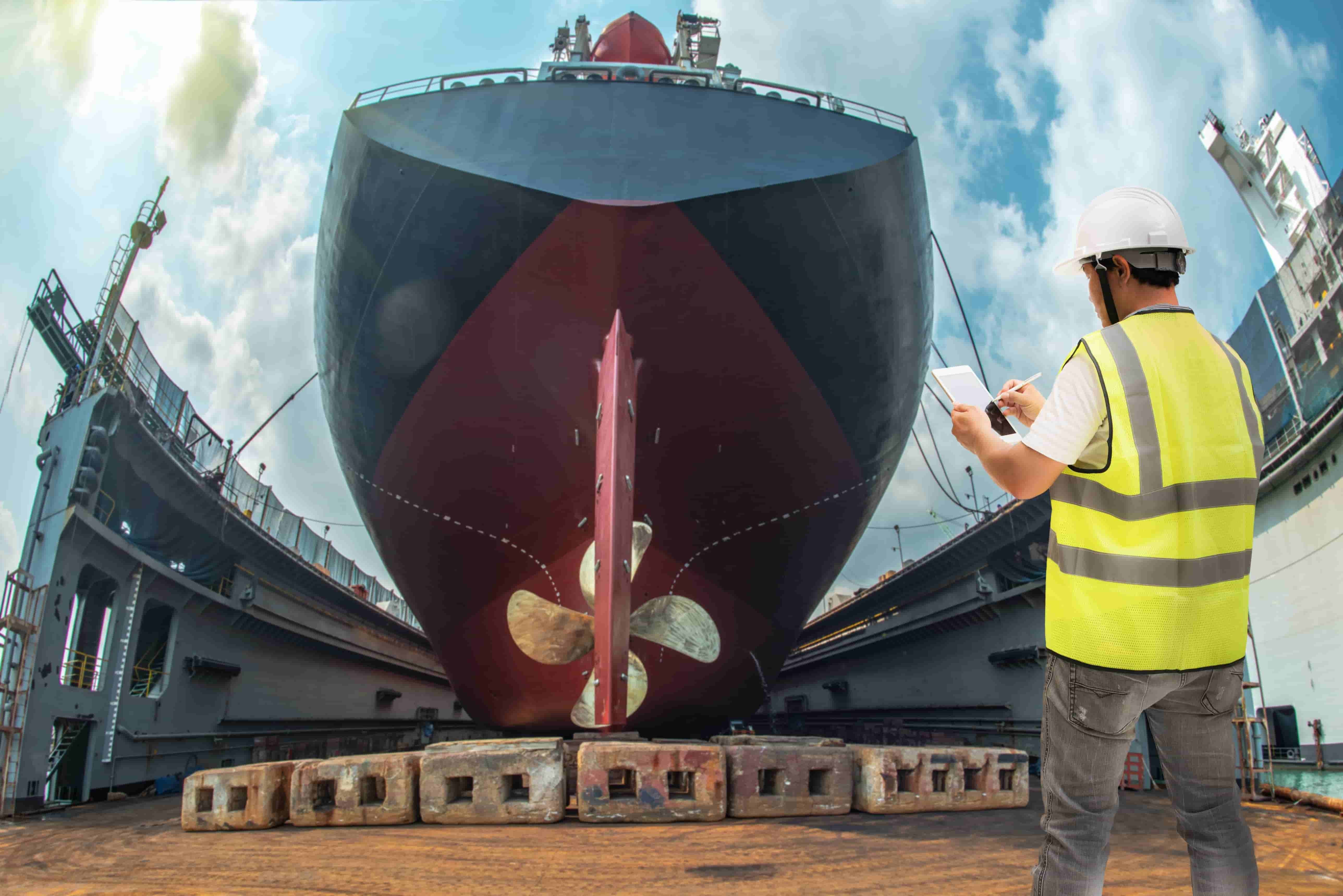
What is Dry Docking & Why Do Ships Do It?
30 May, 2023
All You Need to Know About Air Freight
16 May, 2023
Ways Carriers Benefit from Contract Logistics
25 Apr, 2023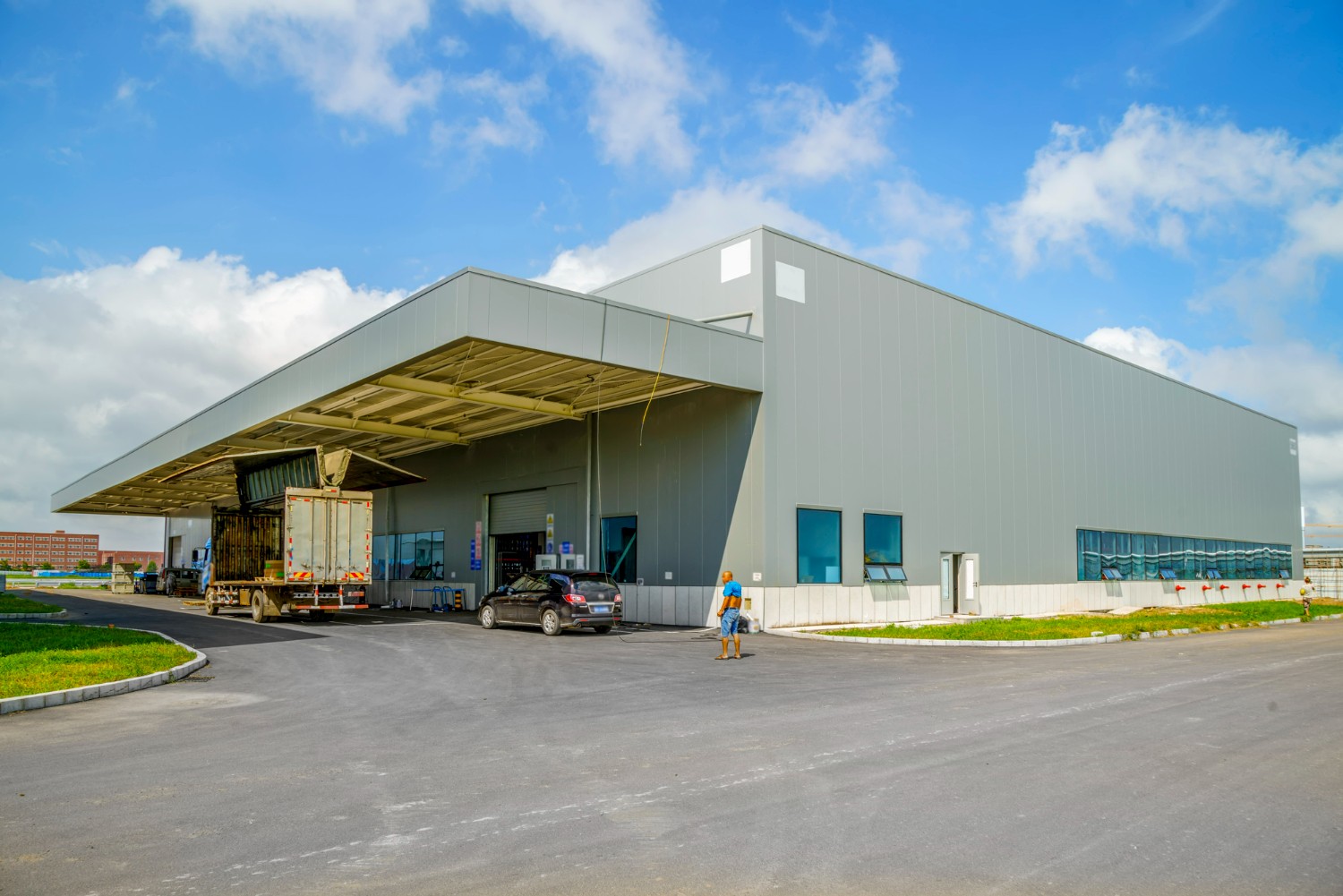
Pros and Cons of Contract Warehousing
27 Mar, 2023641c5faf72d6a.jpg)
Advantages of Freight Consolidation
23 Mar, 2023
All You Need to Know About Freight Charges
27 Feb, 2023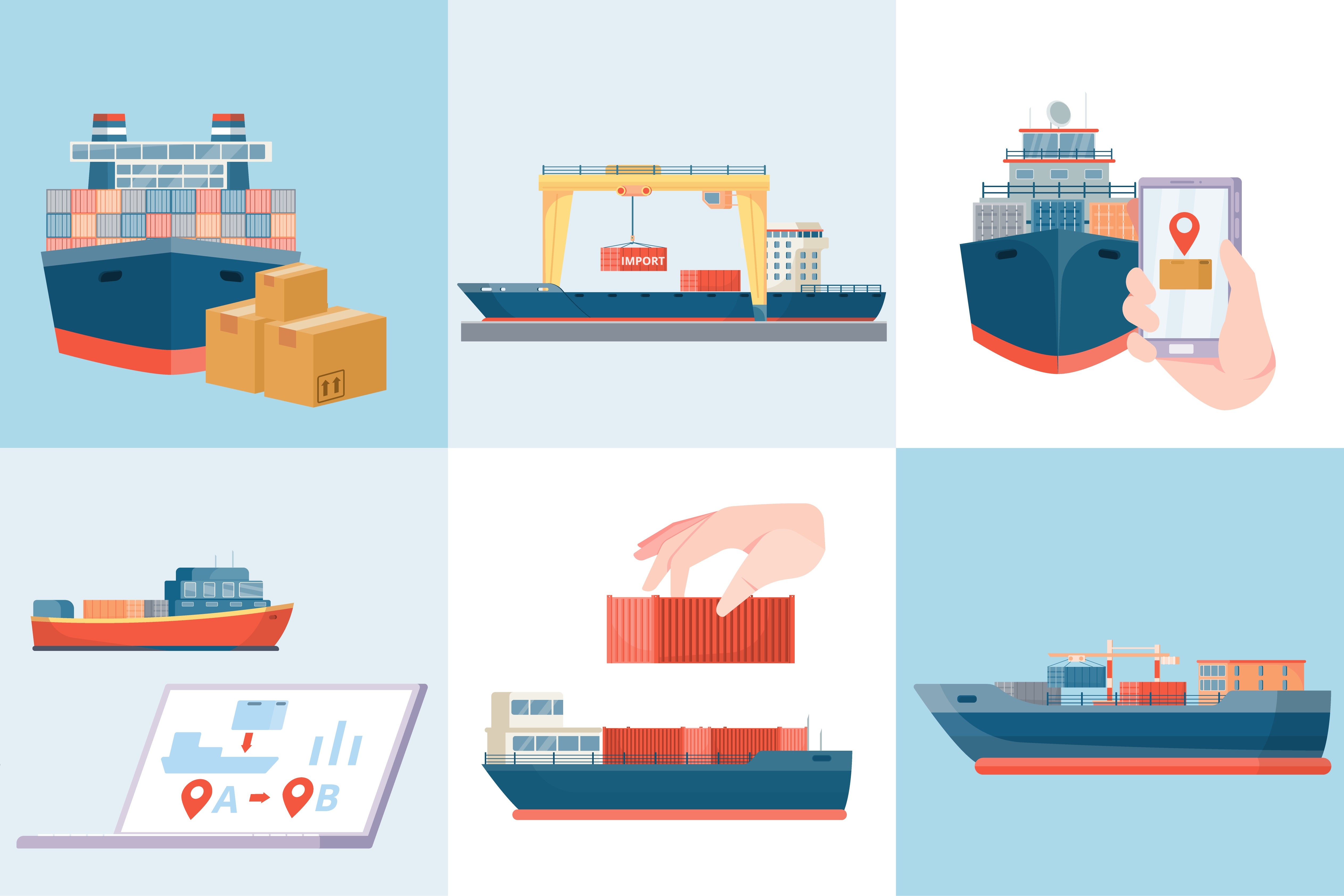
How to Find A Good Freight Forwarder?
24 Jan, 2023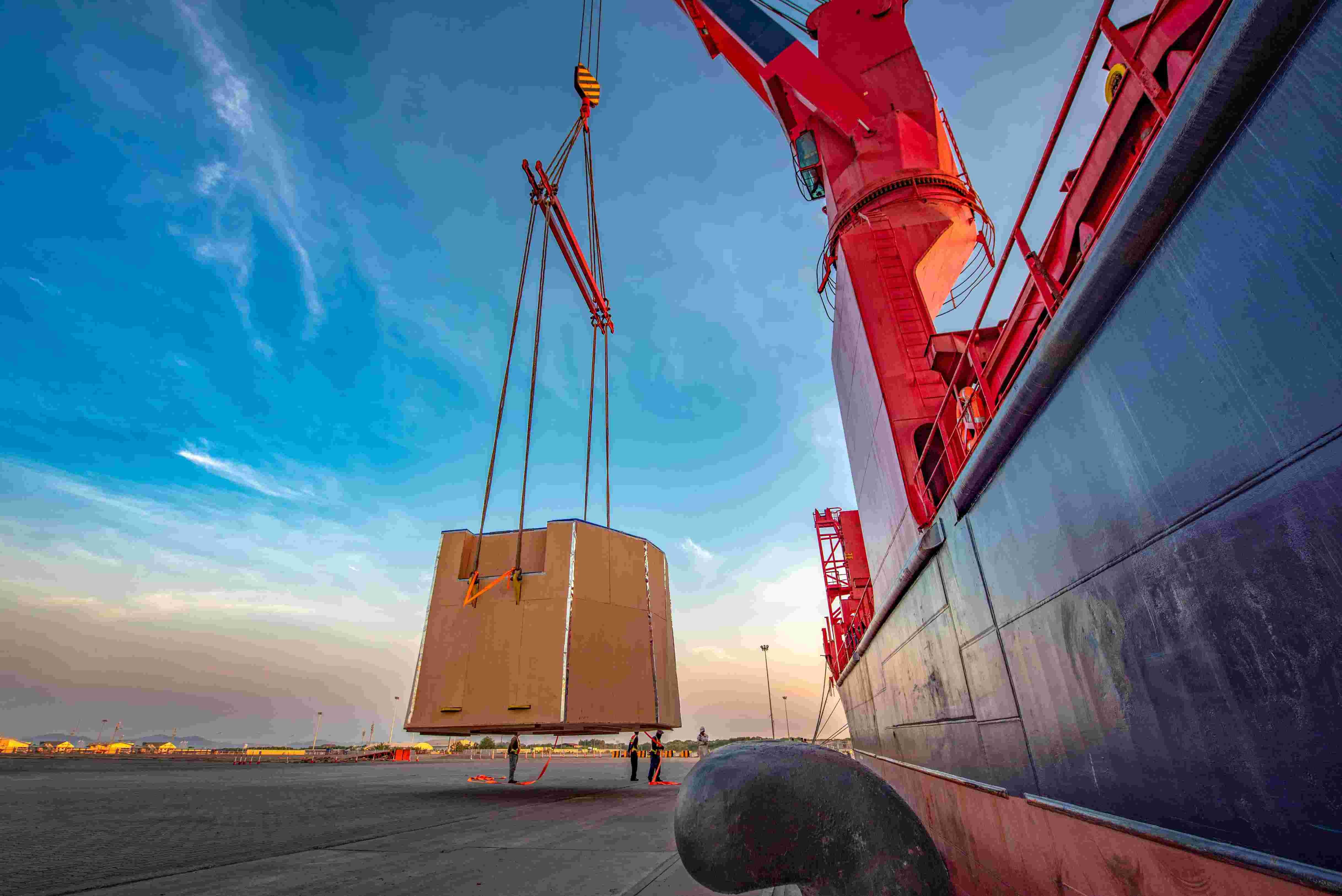
What is Project Cargo and How is it Transported?
07 Nov, 2022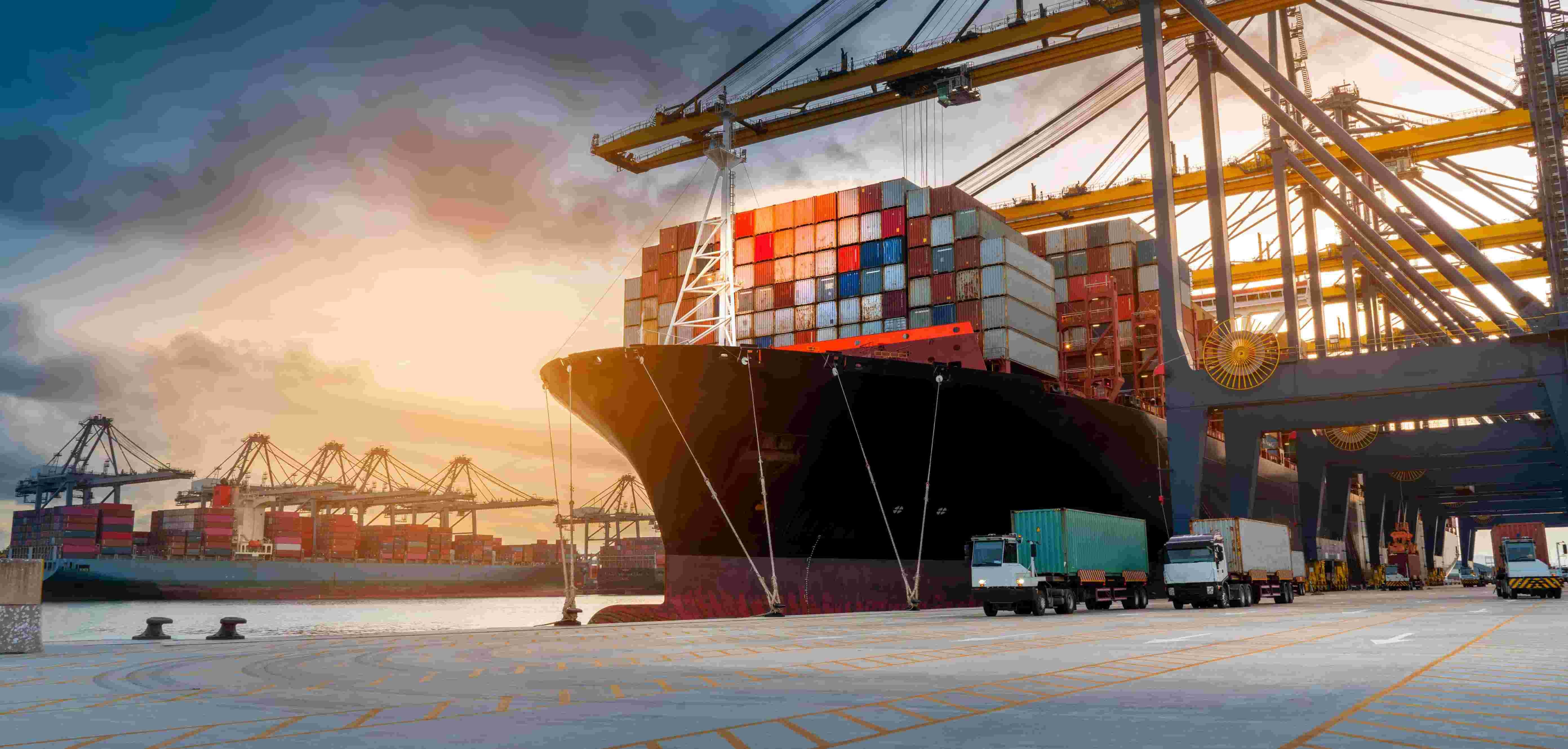
How International Ocean Freight Shipping Works
25 Oct, 2022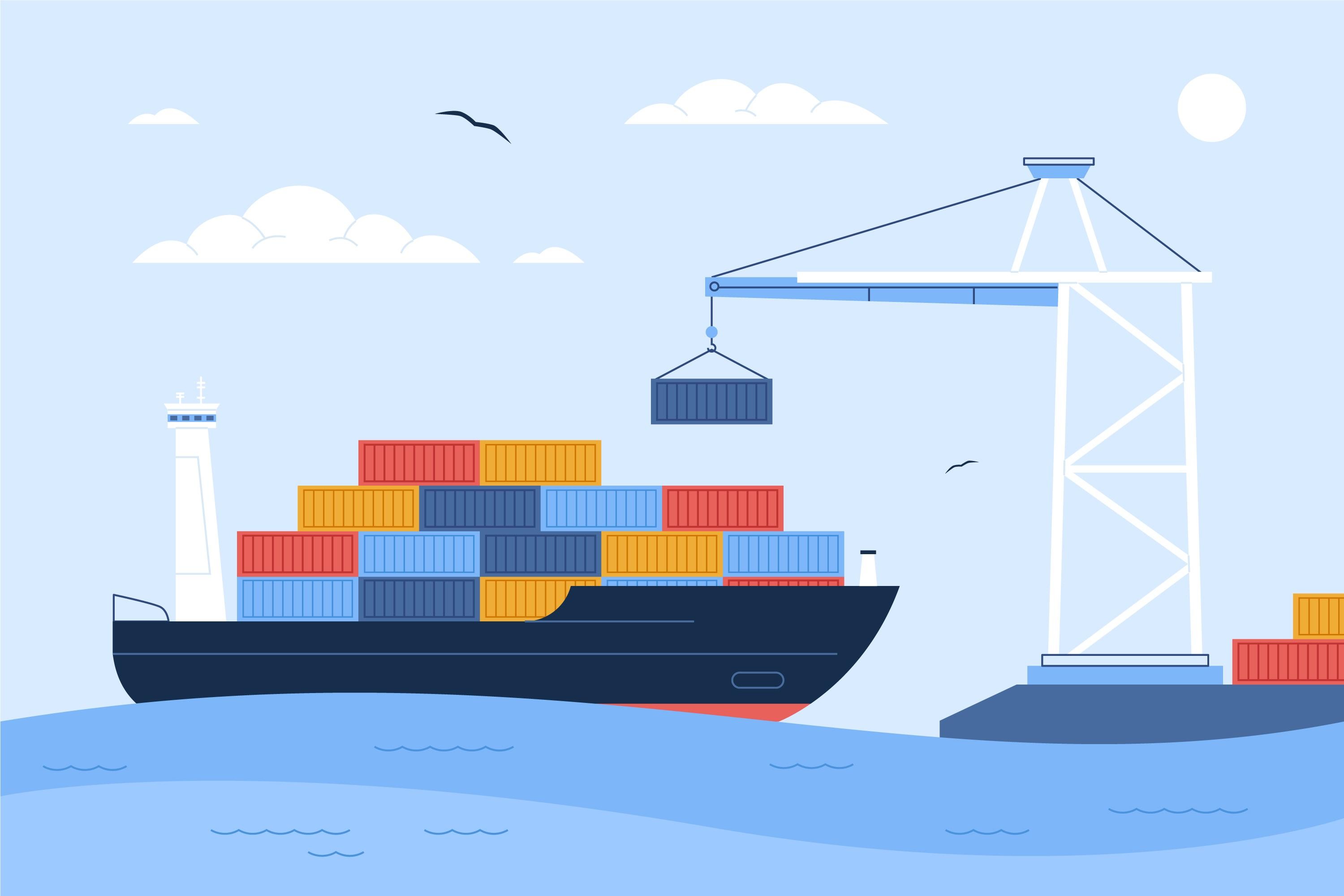
How does LCL shipping work?
26 Sep, 2022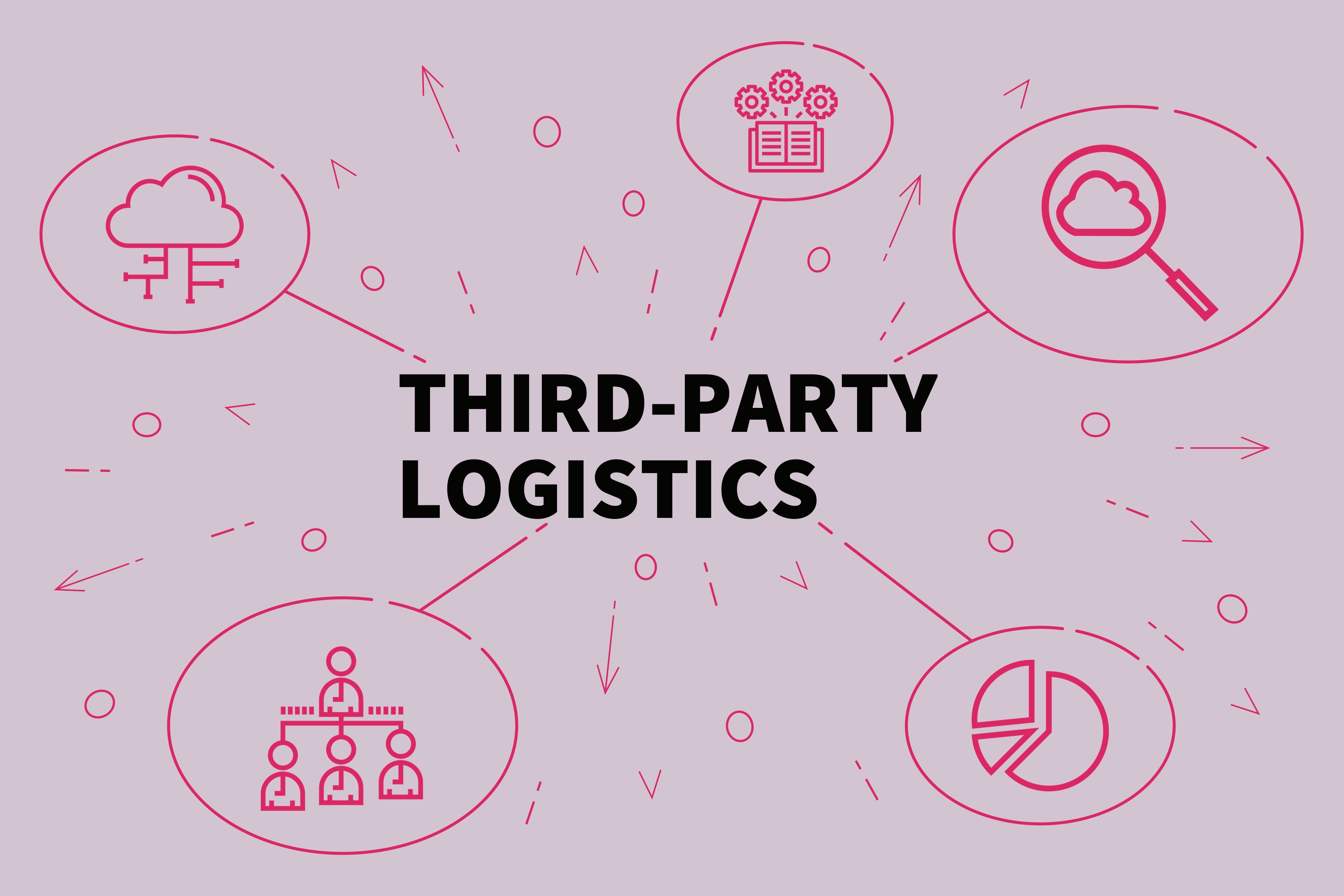
8 Ways to Optimize Your 3PL Relationship
22 Sep, 2022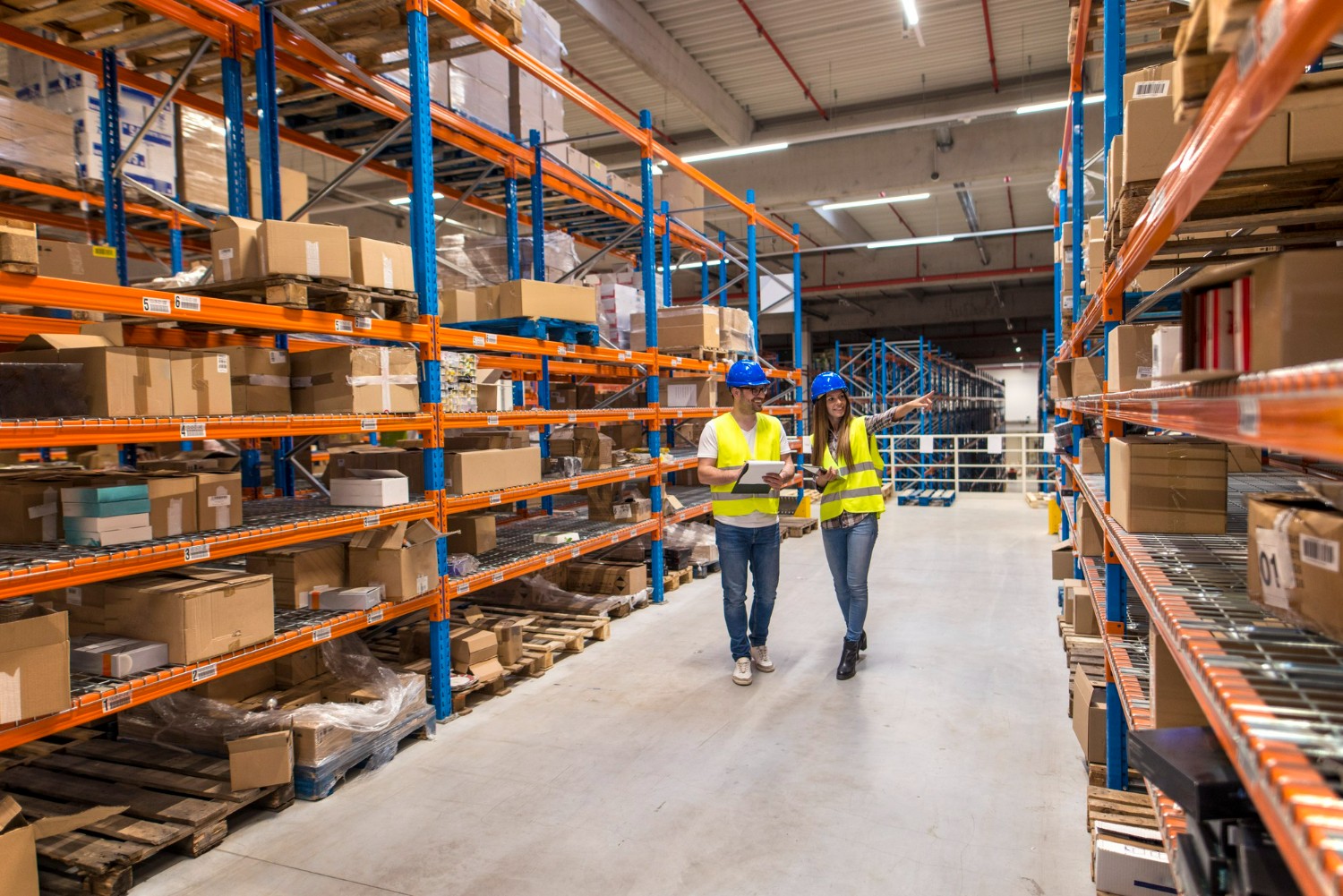
Benefits Of Using An Outsourced Warehouse
22 Aug, 2022
Importance of Cargo Insurance
30 Jul, 2022
Top 10 Benefits of Ocean Freight Shipping
22 Jun, 2022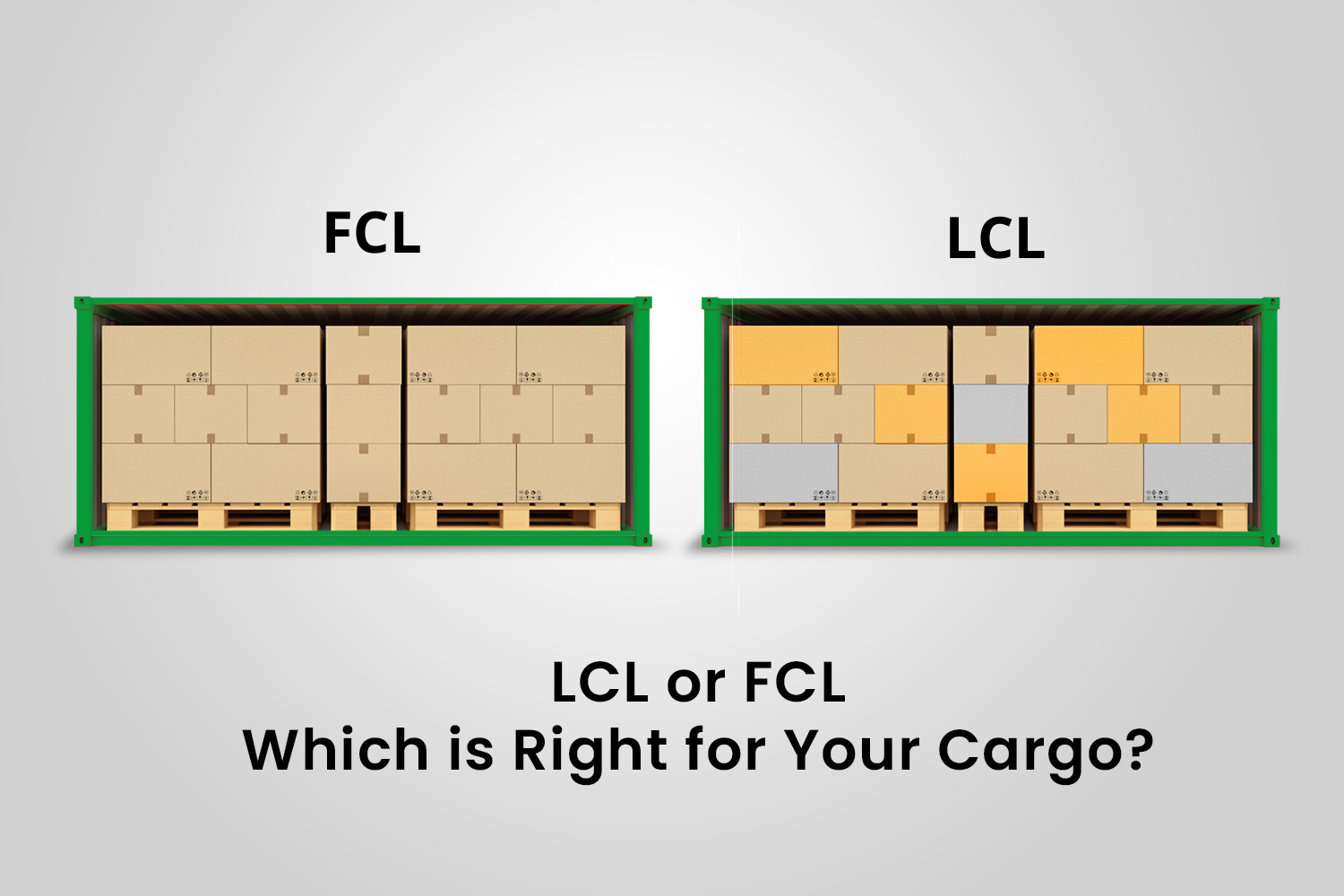
LCL or FCL - Which is Right for Your Cargo?
26 May, 2022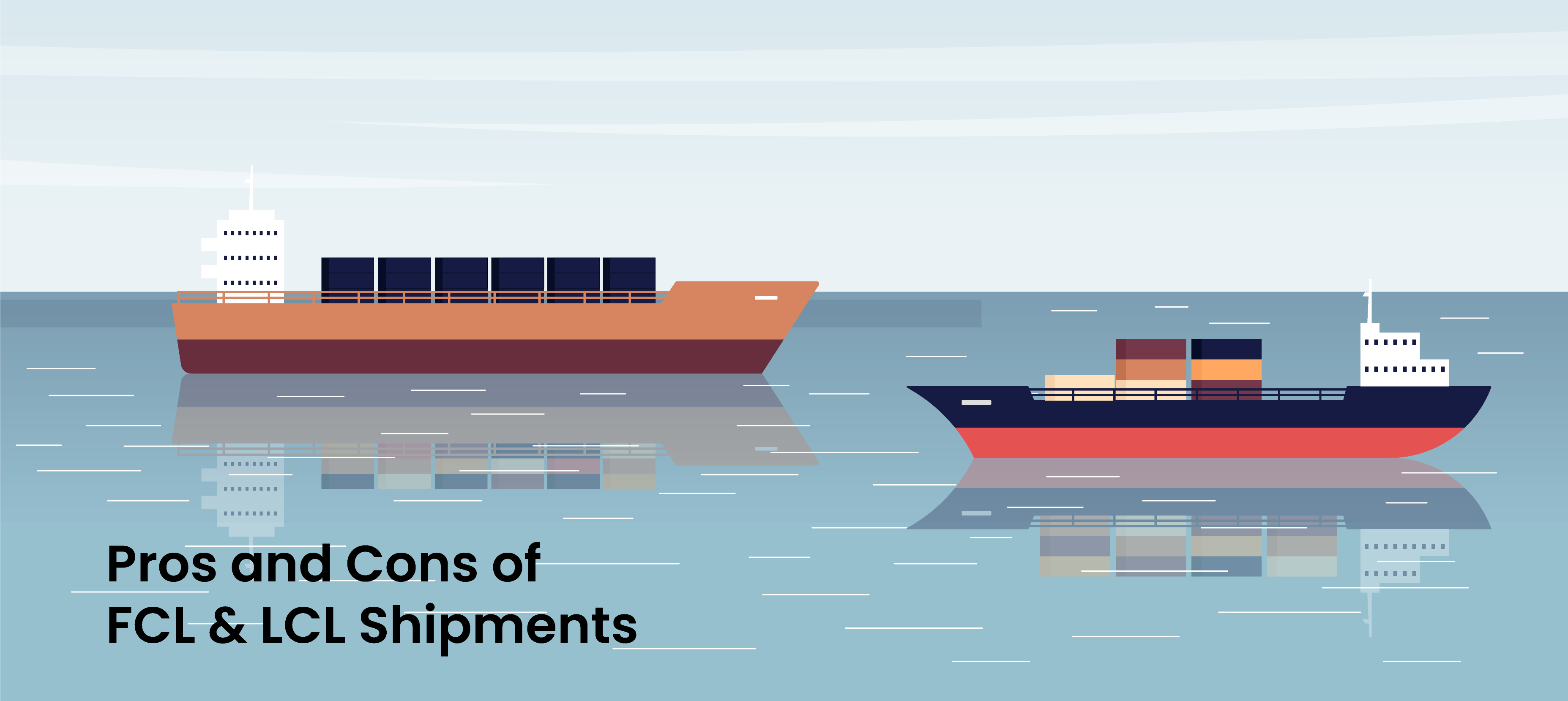
Pros and Cons of FCL & LCL Shipments
21 May, 2022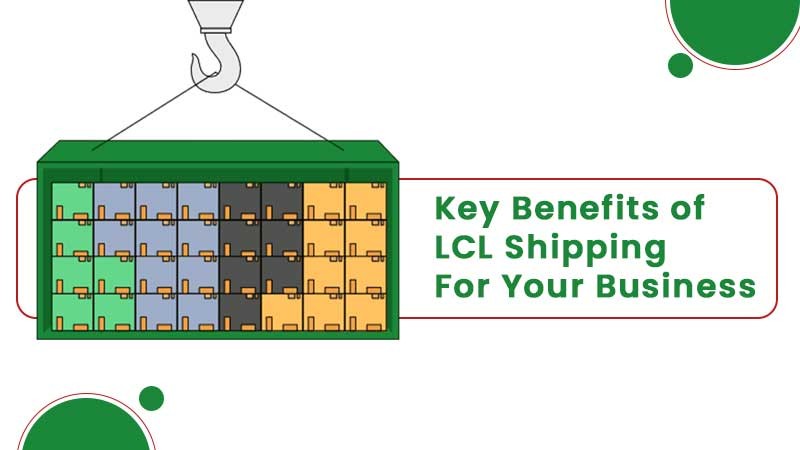
Key Benefits of LCL Shipping for Your Business
28 Jan, 2022

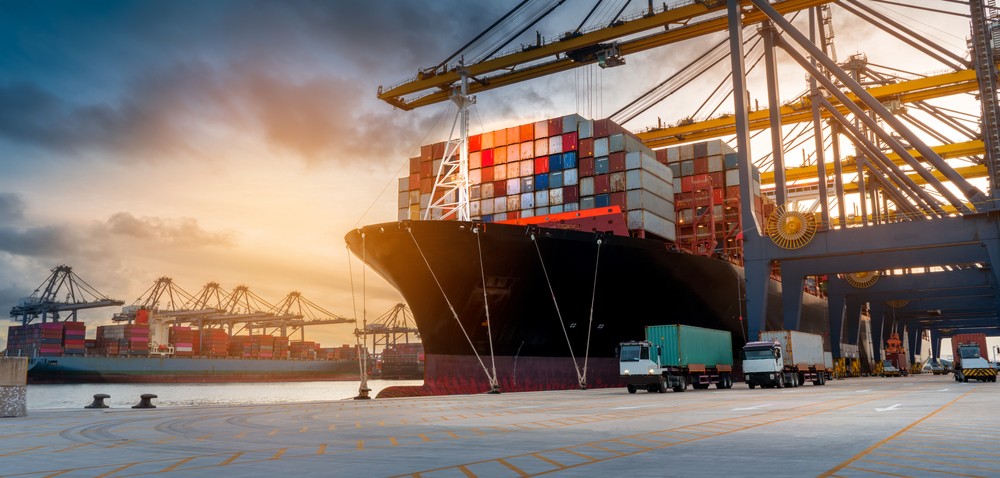
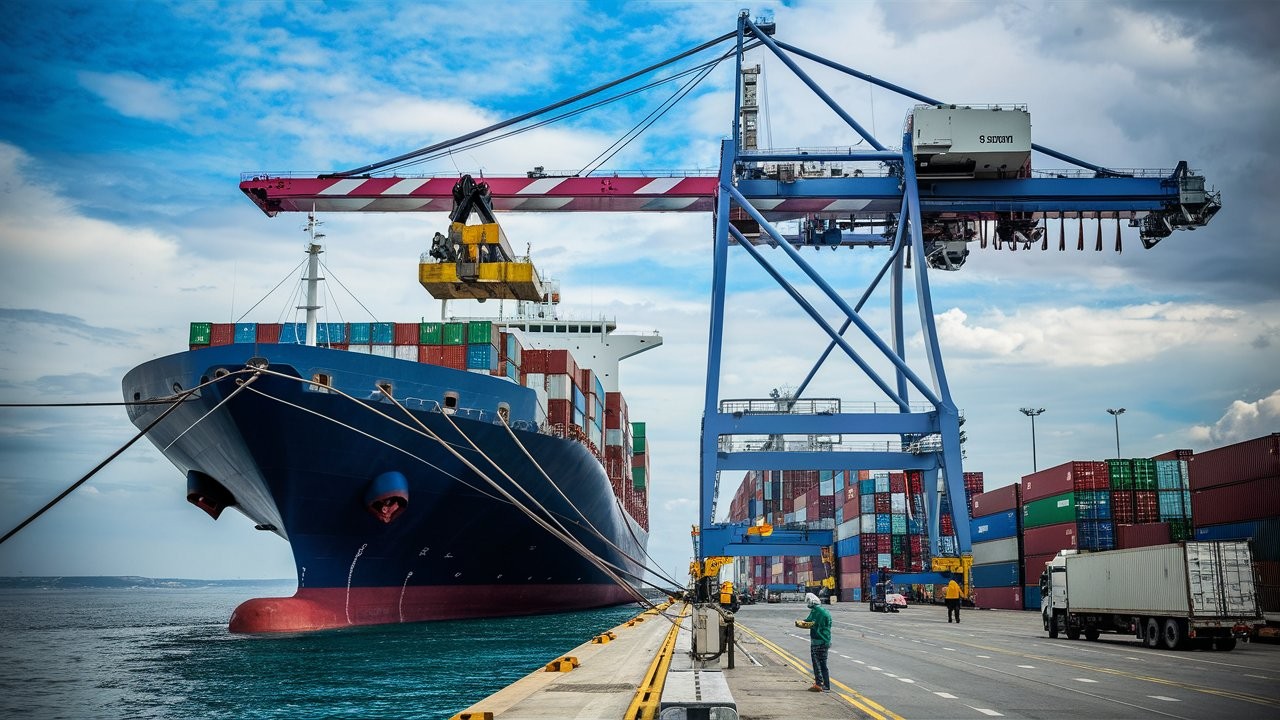



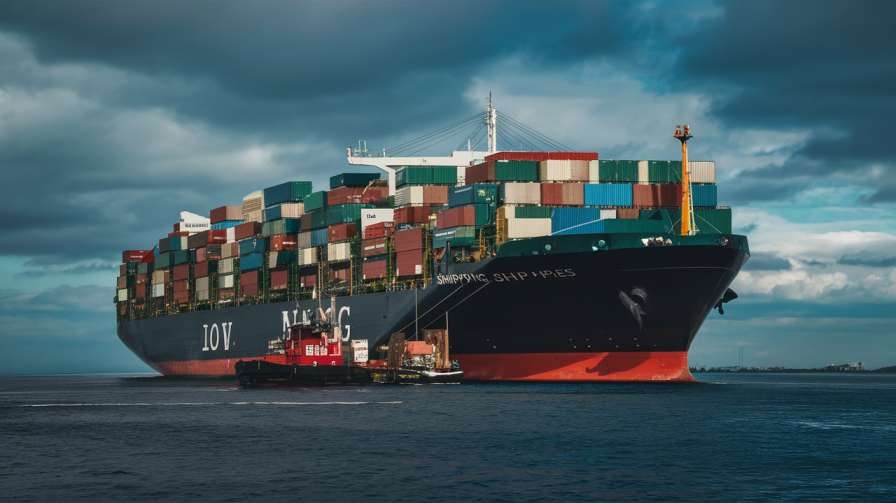
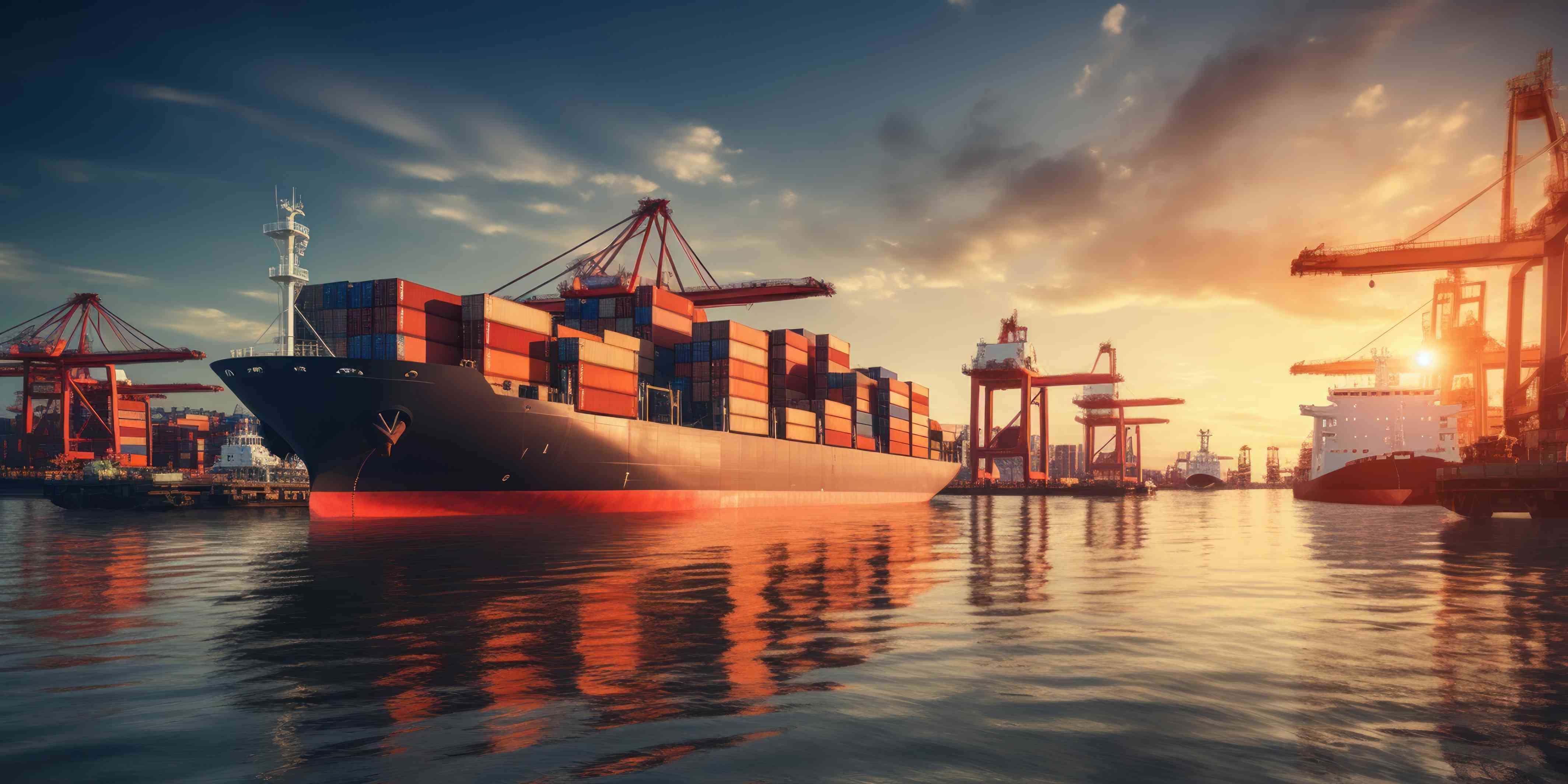


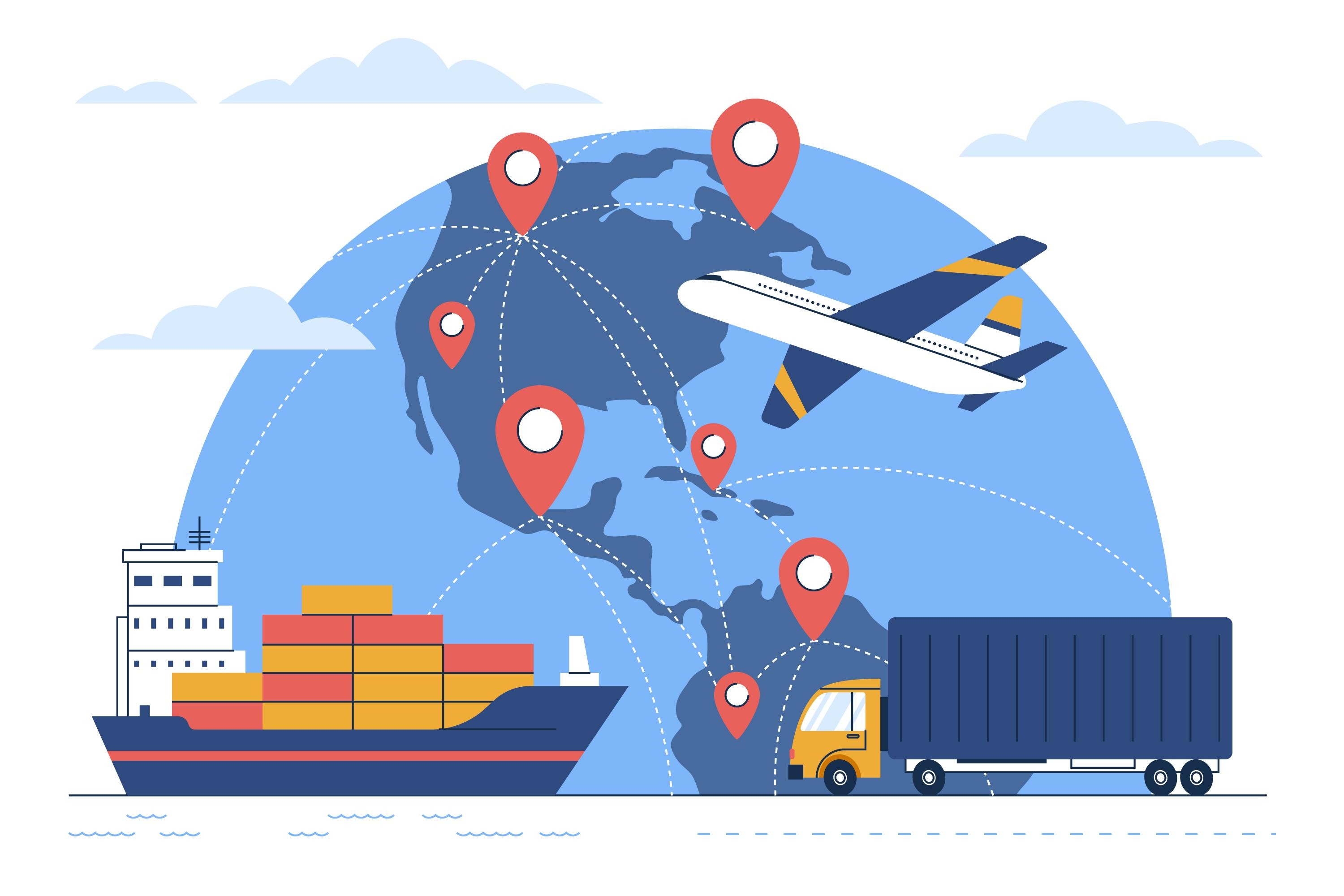


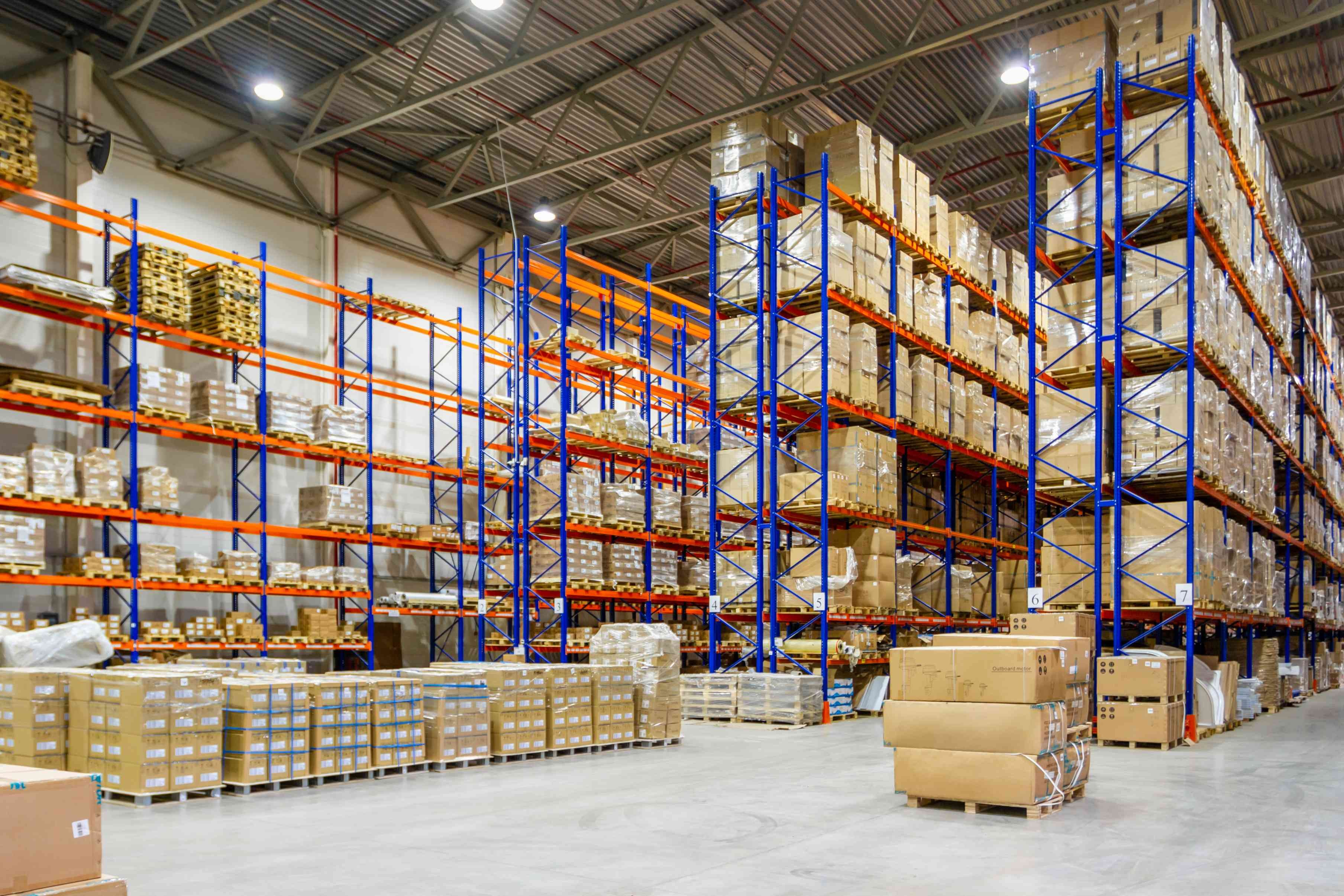
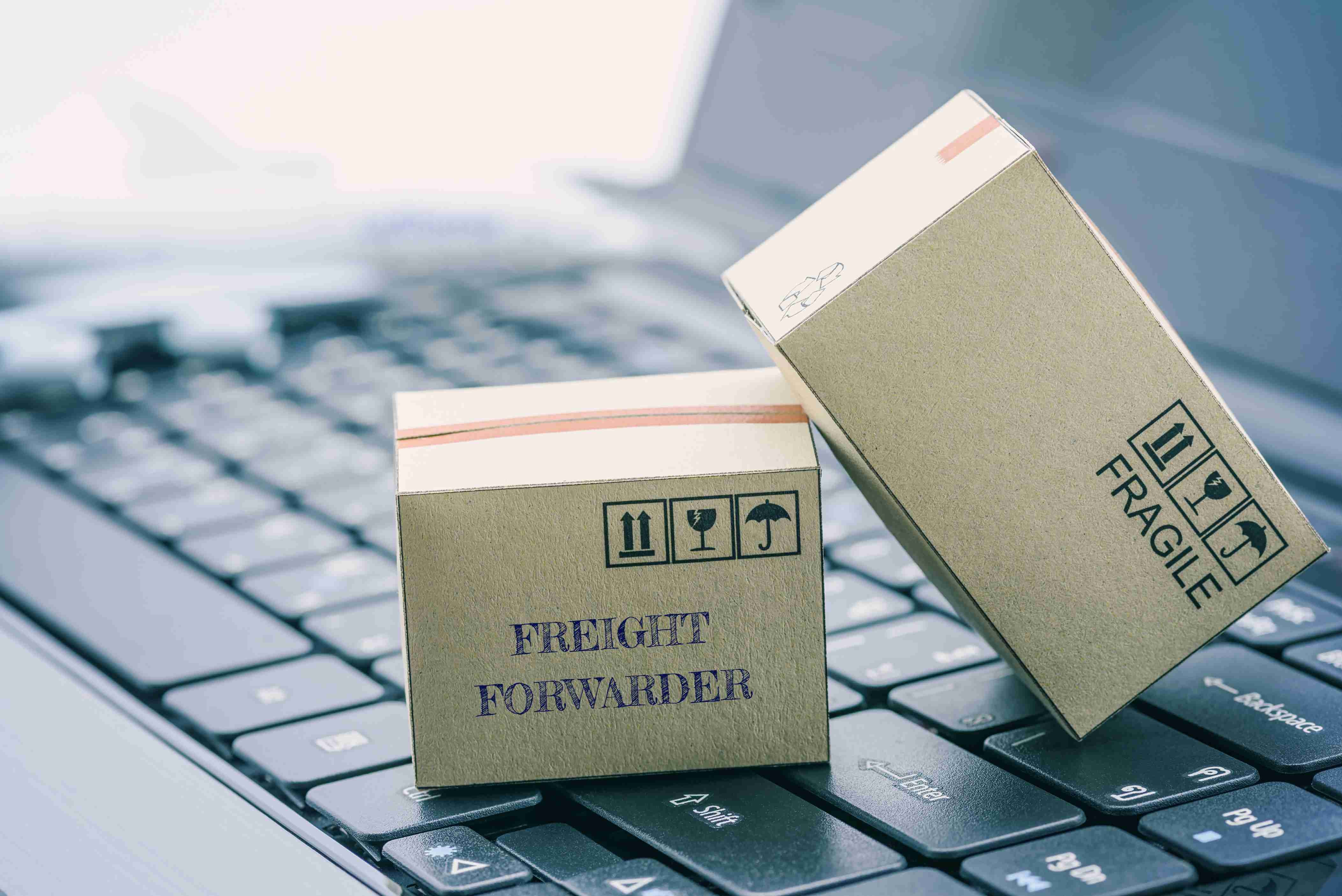
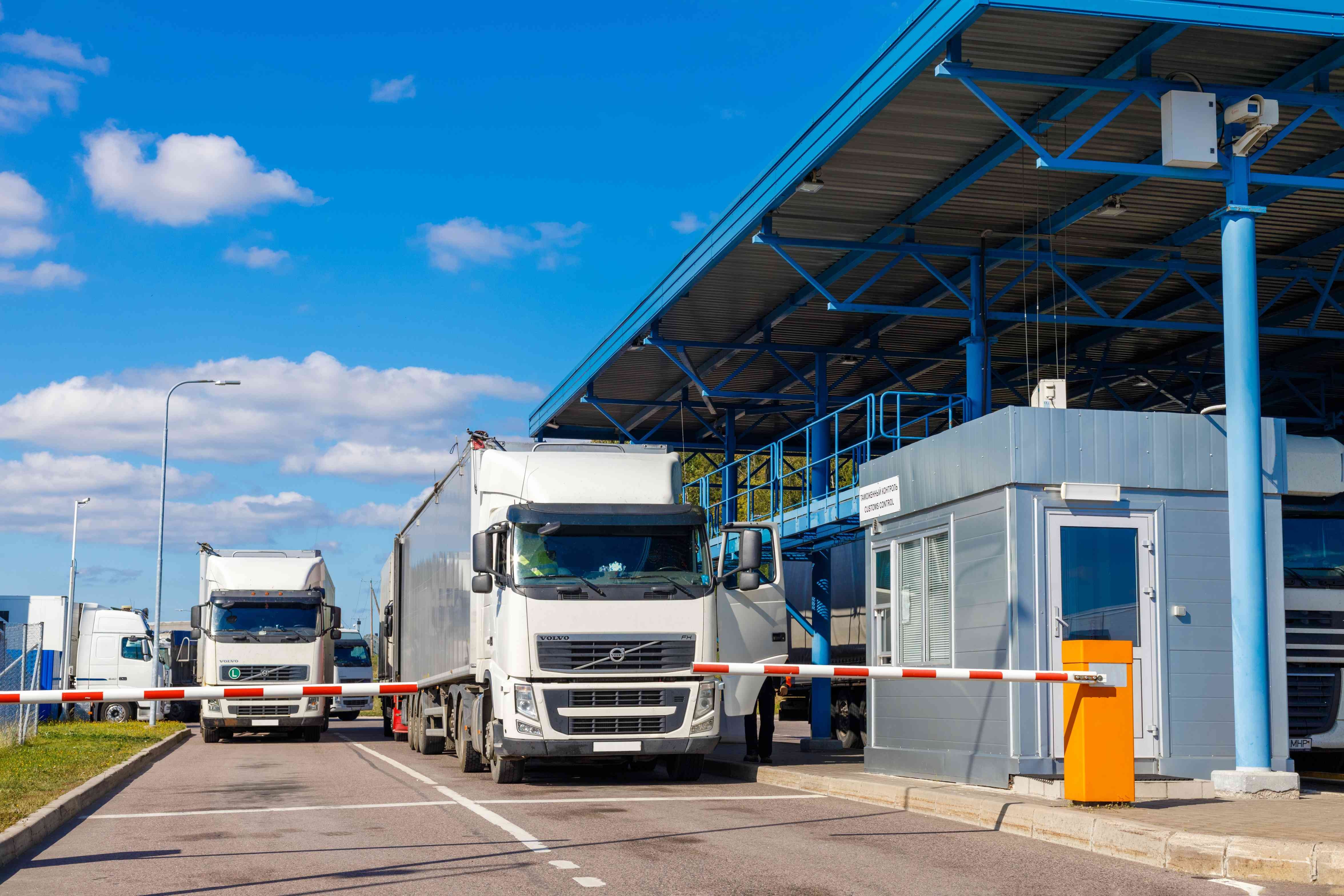
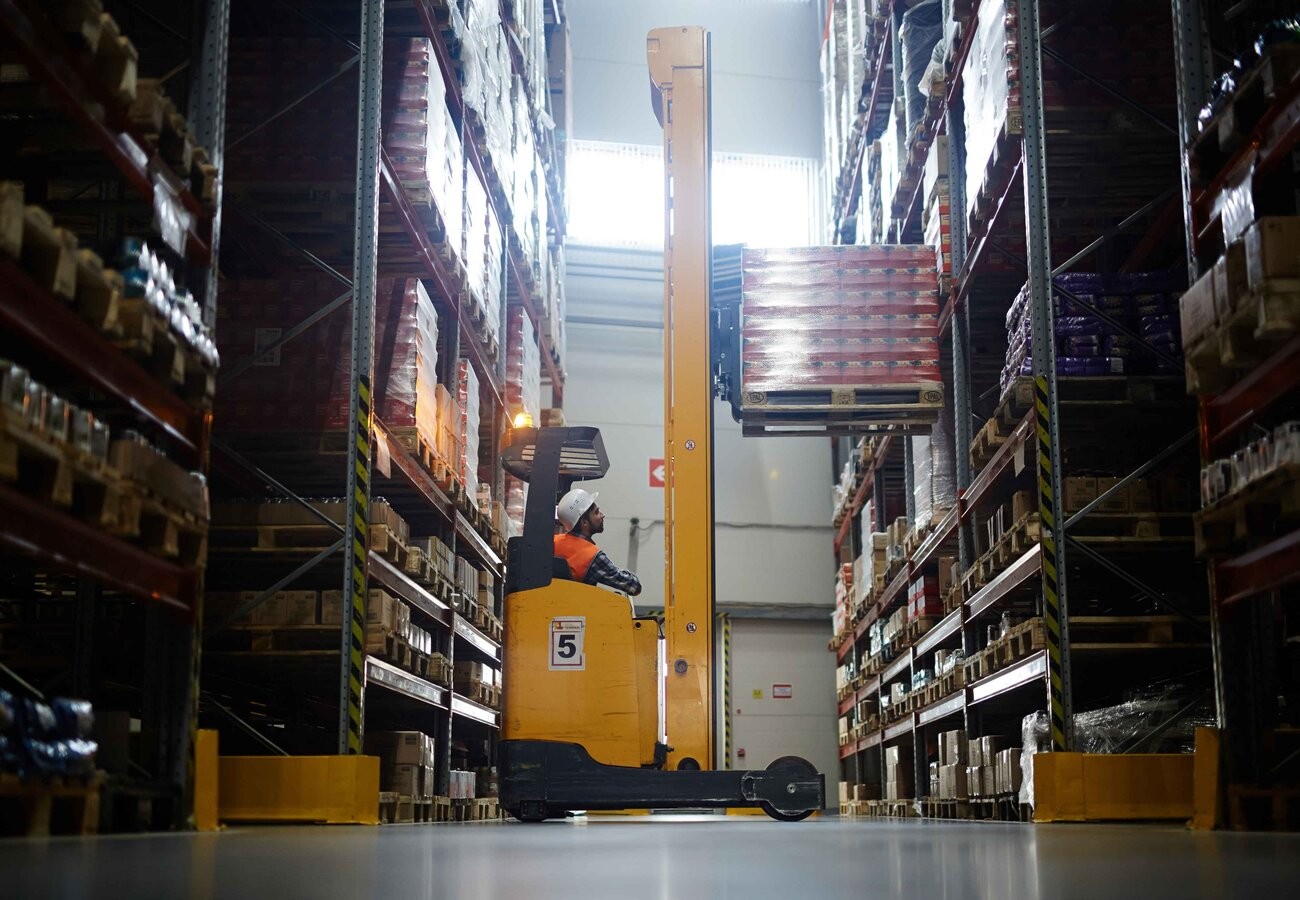
64ef6d522bd5d.jpg)
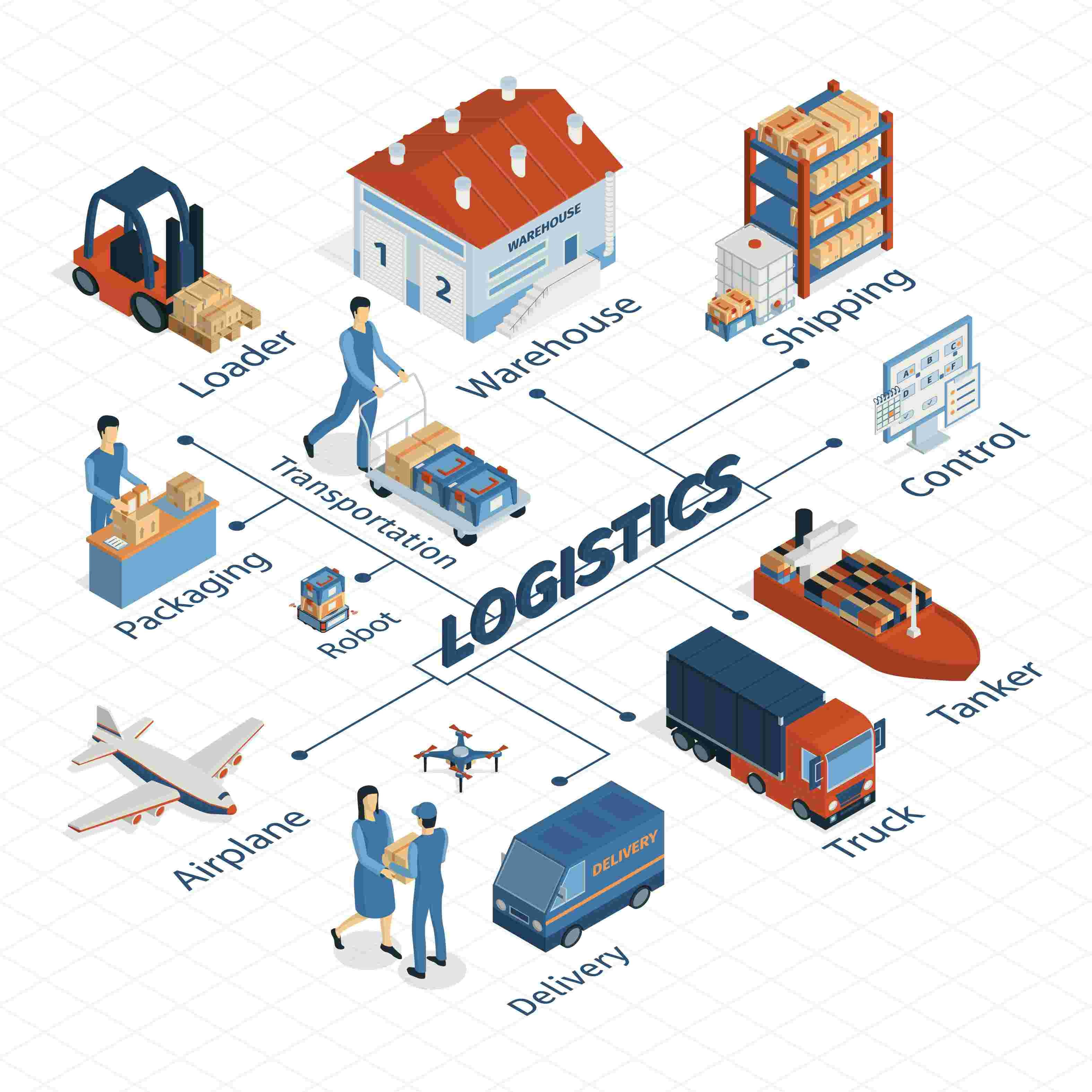
64a477953e86e.jpg)
643ff0cfeaf4e.jpg)
63fcb9023ba5f.jpg)
63d94f83c4432.jpg)
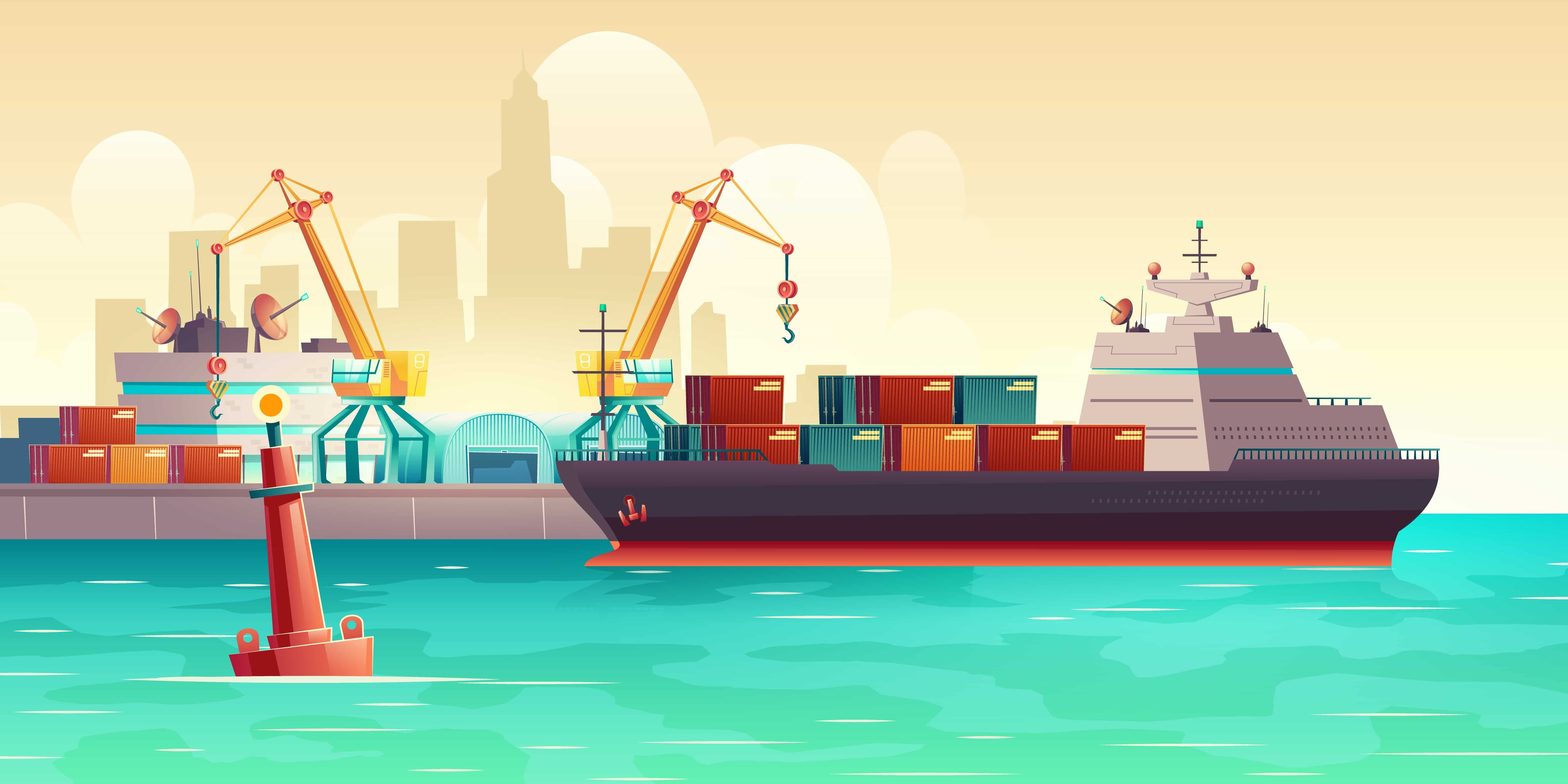

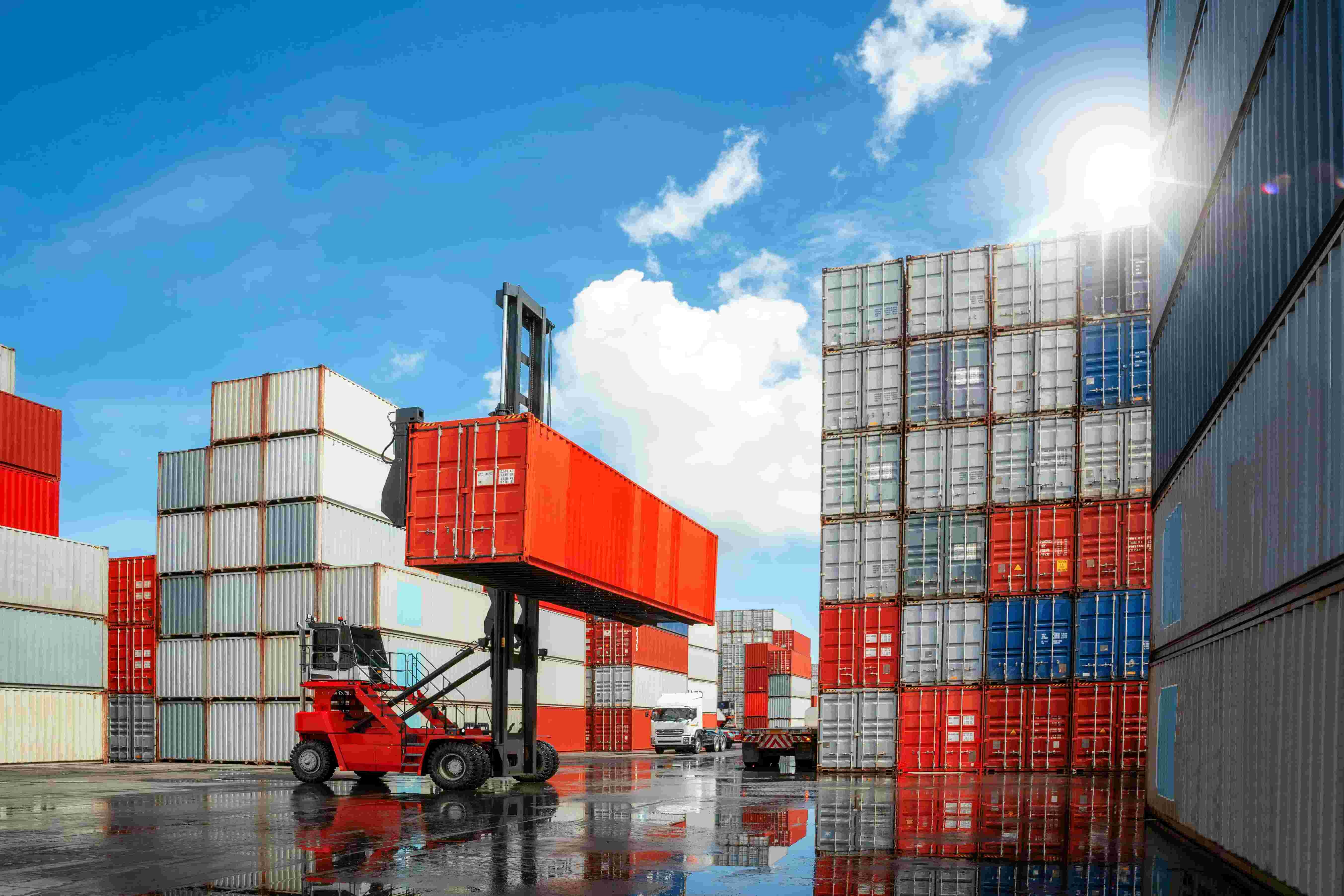
637611972635b.jpg)

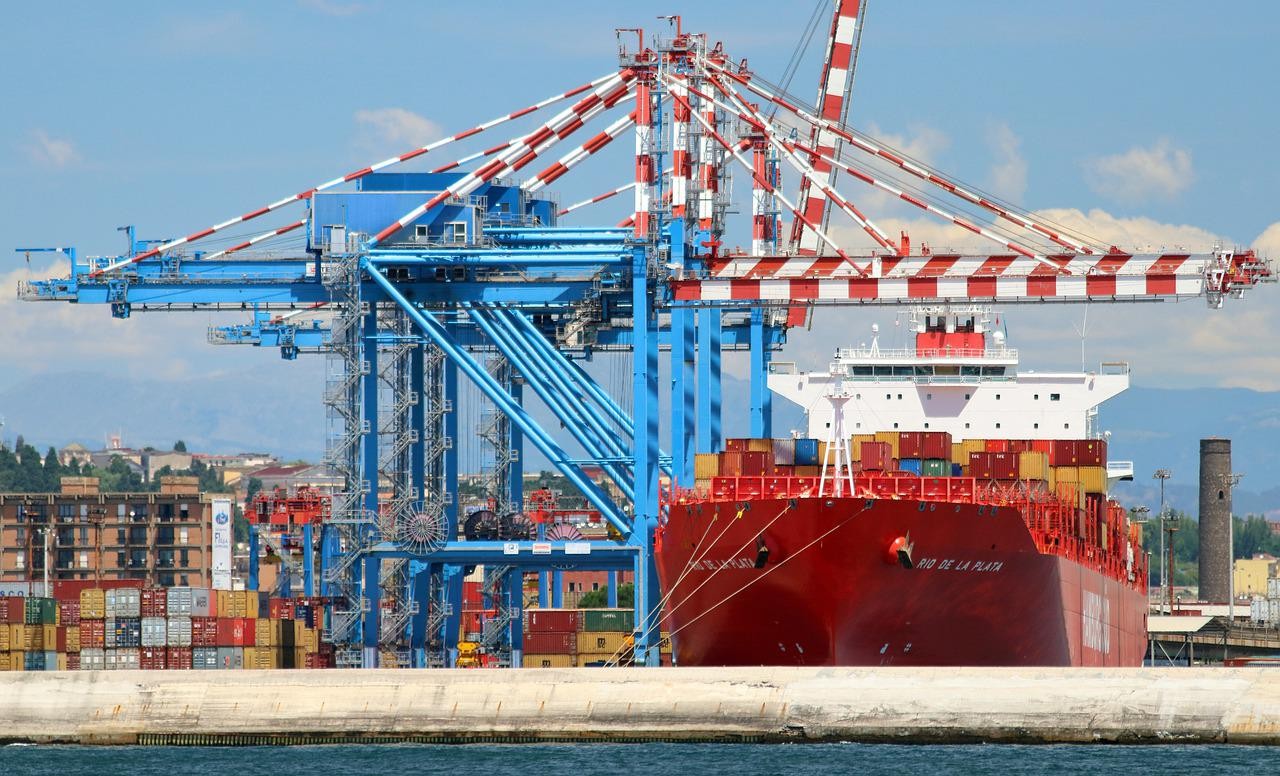

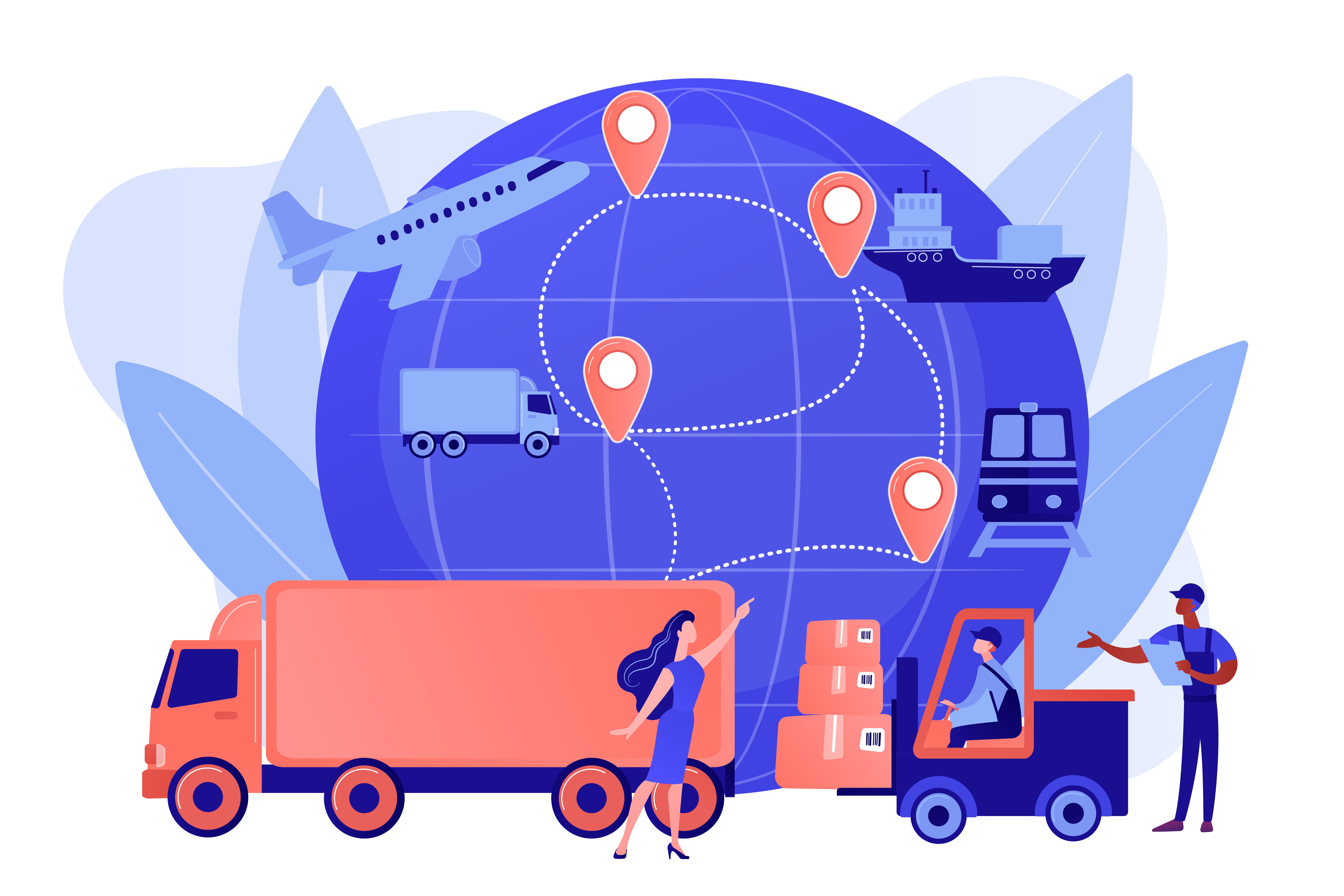

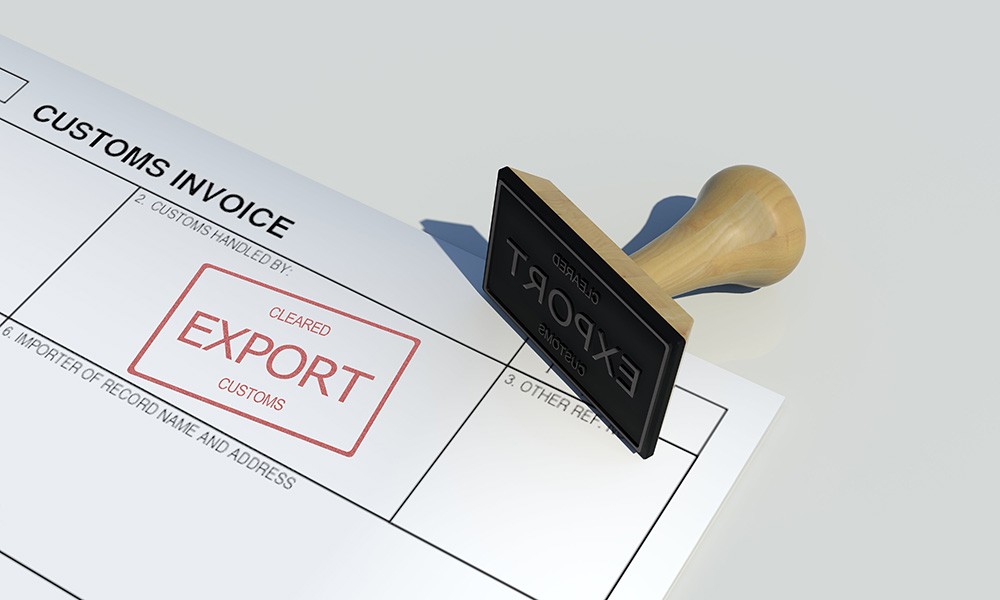
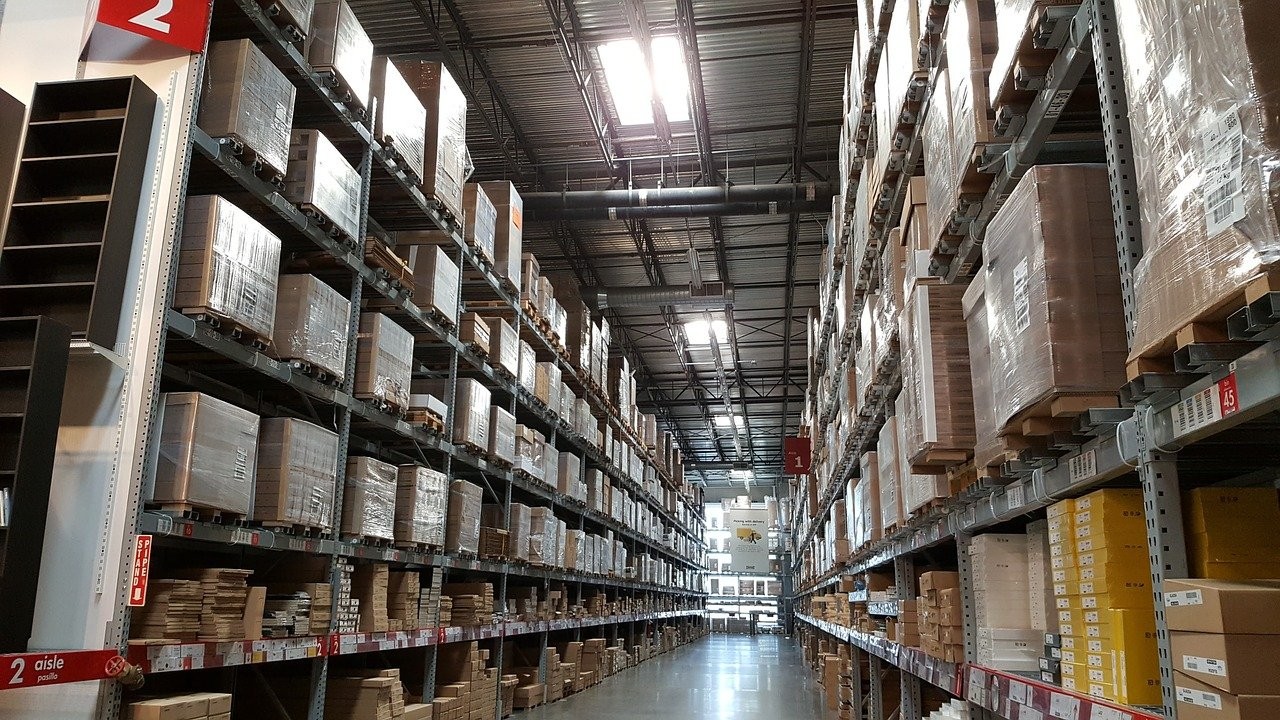

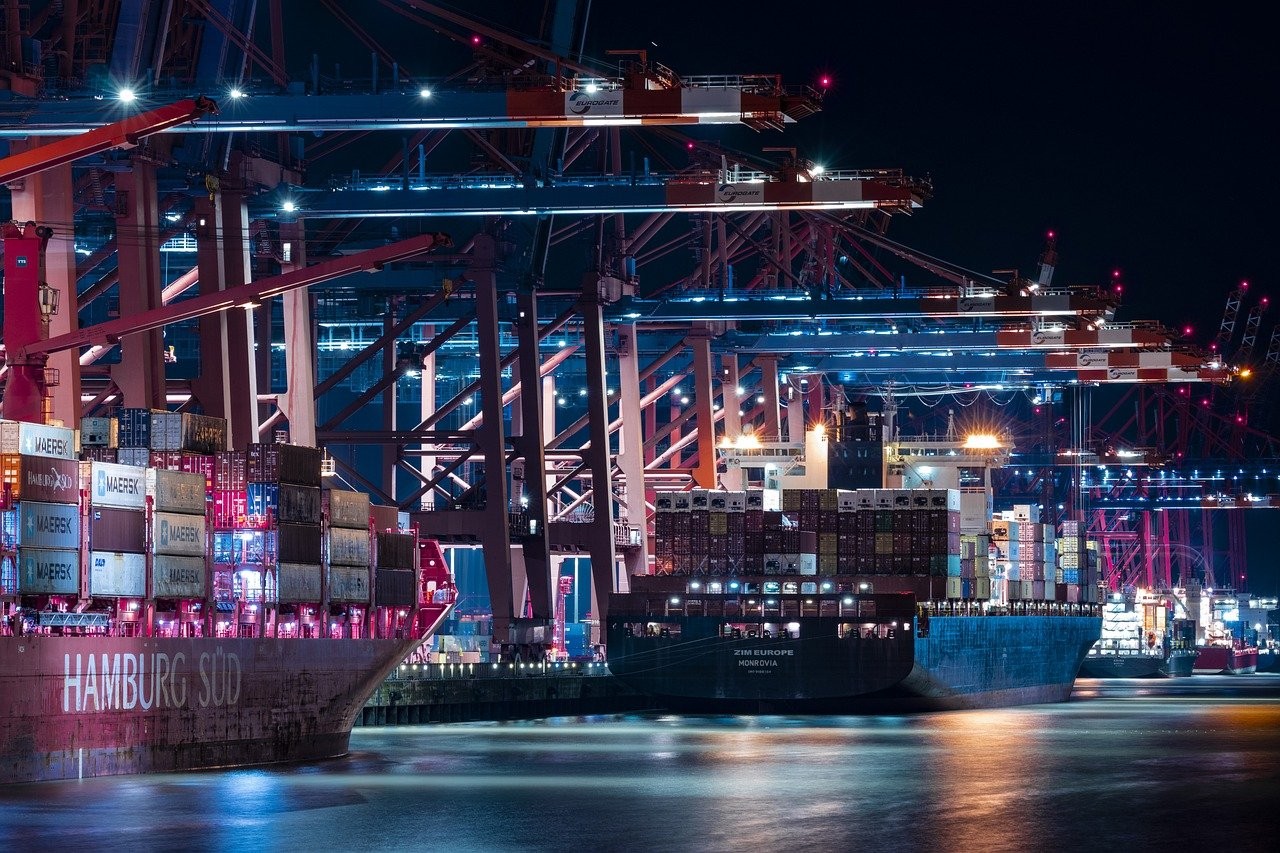

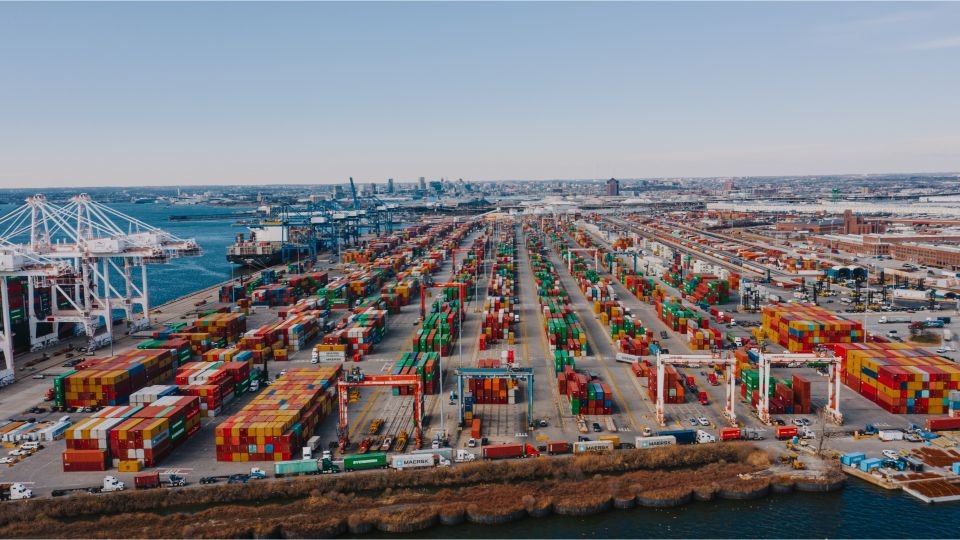

.png)